
These Rhythmic Seasons is a one-night-only exhibition of photography, film, and live performances that explores the phenomena of growth and aging. As we wander the corridors of the Metropolitan Building, we will encounter artworks that speak to the phases of the human life, and engage society’s assumptions and expectations about our journey through those phases.
What does it mean to “grow old” or to “act your age”? Our exploration of these questions will paint a diverse portrait of what it means to live fully.
THE EVENT
FILMS

As a celebrated interior designer loses her eyesight to macular degeneration, she begins to see her life’s work in a new light. This eccentric renegade topples ageist stereotypes as she grapples with the limitations of her aging body.
Film by Andrew Michael Ellis
Produced by Katrina Sorrentino
Cinematography by Andrew Michael Ellis & Katrina Sorrentino
Additional Cinematography by Sasha Arutyunova
Sound by Jacob Blumberg & Jonathan Seale
Music by Gabriel Gall

Film by Luceo Images' Matt Slaby with Brad Horn, Brian Dawson, & Tyler Strickland
Caregiving for a family member with Alzheimer's or other forms of dementia means one hard decision after another. When do you take away the car keys? When do you stop leaving them by themselves? When do you let go?
Originally published by AARP in October, 2010

A series of cheerful notes from middle school quickly turn sour.
Directed by Alex Mallis
Produced by Analect Films
Written by Brittany, Jess, and Katie Jane
As read by Emily, Desiree, and Polly
Camera by Keith Miller
Color by Begoña Colomar
Official Selection of the 2012 Northside Film Festival
PHOTOGRAPHY
I have a terrible and unreliable memory and so I'm grateful that my 91 year old grandmother finished her memoirs and gifted them to us this past Christmas, several weeks before my mother died. In reading the stories of her and our lives I realize, some years are like that. The year my uncle died of brain cancer is the same year my mother was diagnosed with a terminal illness, and two out of six of the siblings divorced. Who knows why pain and joy don't distribute themselves evenly across a lifetime, but they don't. They come in fistfuls, forcing us into sharp contractions and expansions of growth. Maybe it has to be like that, so the awareness of how we are changing is forced into our consciousness. Or maybe other people don't experience life this way. I really couldn't say.
I've been thinking so much about growing up- how to do it well, and what happens when the parts of us that are meant to grow up don't. How the eternal children that live within us pass things onto the children we are in charge of helping to grow up now: grief, joy, fear, isolation, anger, abandonment, pride. How we are all walking around with 5 year old parts of ourselves trying to parent actual 5 year olds, or teach other adults, or manage offices, or tend grocery stores, or uphold the law. I marvel at this fact every single day.
In late 2006 I met a group of high school seniors on their way towards graduation and struggling with the transition from adolescence into adulthood. I photographed them for the year following as they finished high school, had a last summer together, and went off to college. The resulting images—of teenagers running through the streets, kissing on a front porch, watching fireworks over Manhattan—were candid moments of an anxious, uncertain and occasionally tumultuous time. Having recently grown out of adolescence myself, I took an interest in the banal and everyday aspects of their teenage experience, and in their quest for an identity as they struggled with the loss of adolescent abandon. It is found in amongst the awkward, arbitrary, and disjointed moments of social sparring, sexual exploration, conformity, vulnerability, and rebelliousness that shape and define coming of age. It is a monotony that is always apparent yet never directly addressed, showing itself only in the quiet, in-between moments, the moments that are not spectacular or funny or frightening, the moments when these teens are entirely alone with themselves.
I have watched my half-sister Diana grow over the past fifteen years through three week trips to Moscow, where I was born and where she has lived all her life. I had never considered myself an important figure as an older sister, or what that role could mean for her and for myself.
As she entered adolescence I felt pulled by an immense curiosity towards her, a heightened sense of familial intimacy and responsibility to fill the shoes of the distant role model I invariably represented. Connected by only half blood and separated by ten years as well as the Atlantic, I understood that to each other, we primarily existed as symbols, representing myths of a sisterly bond that seemed elusive yet significant. Photographing Diana became a increasingly significant personal act, an outlet for my curiosity, a means of revisiting my own memory of a younger self.
INSTALLATIONS
MUSIC & PERFORMANCES
by Geoffrey Wilson, Margaret Glaspe and Kris Nolte


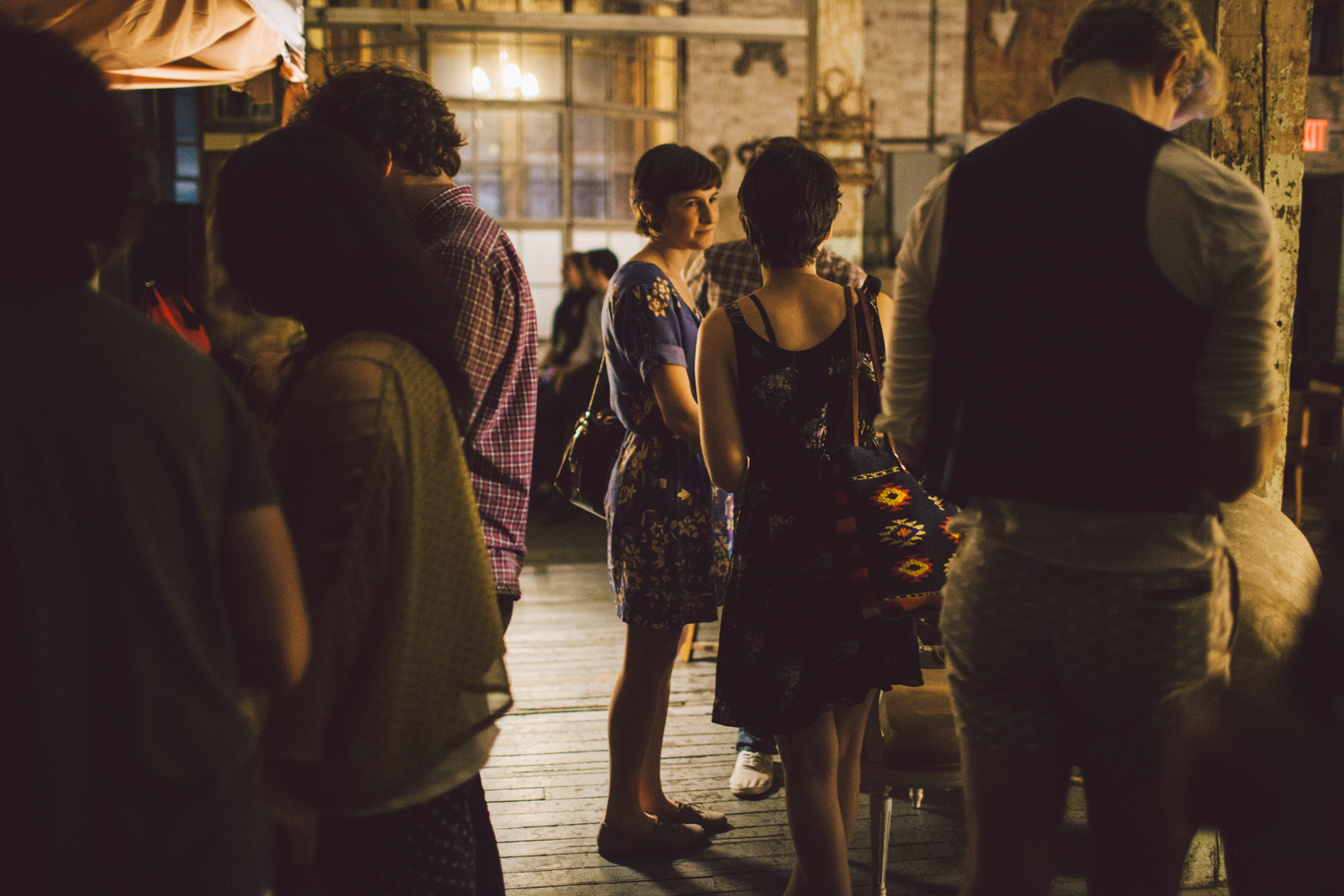
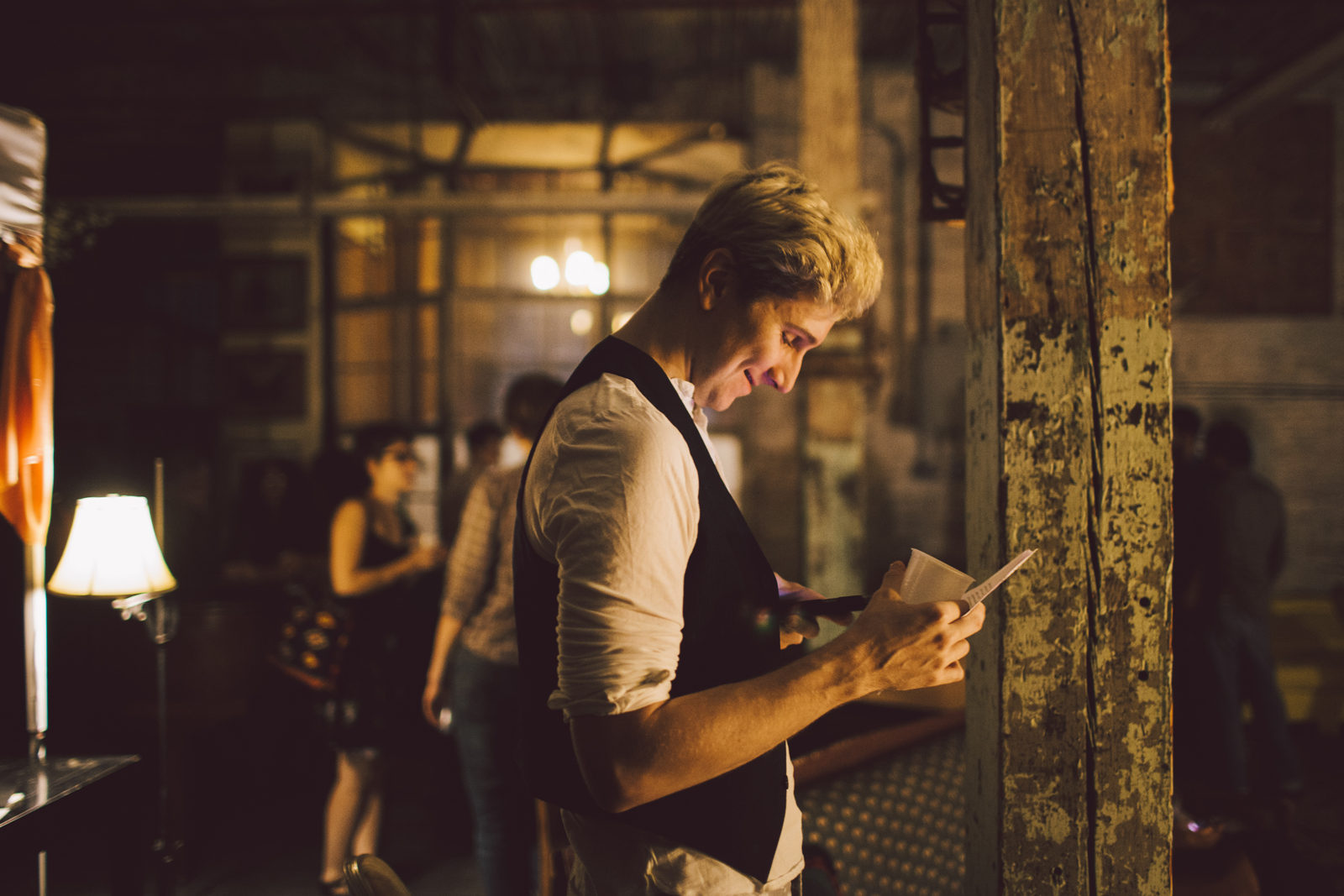
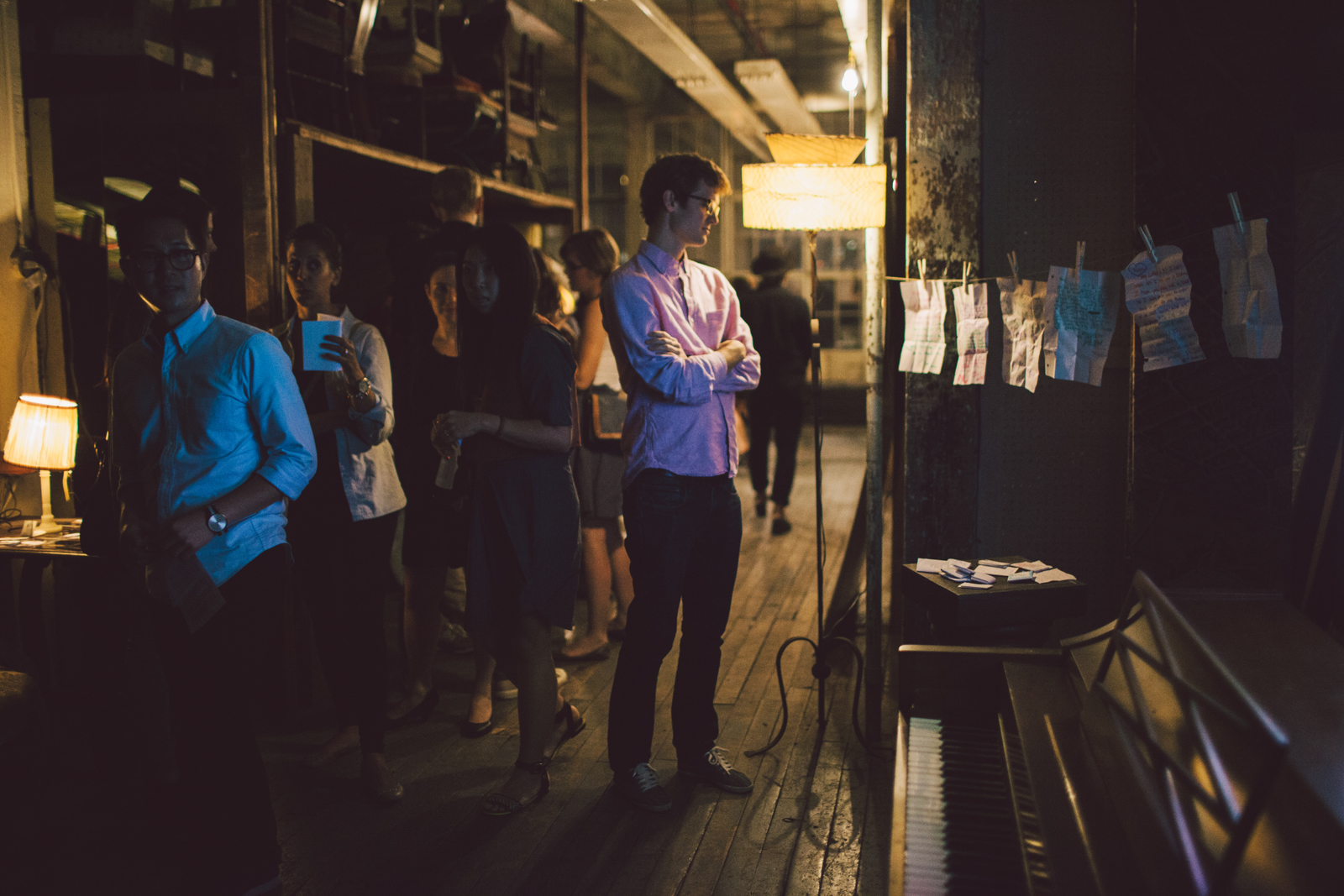
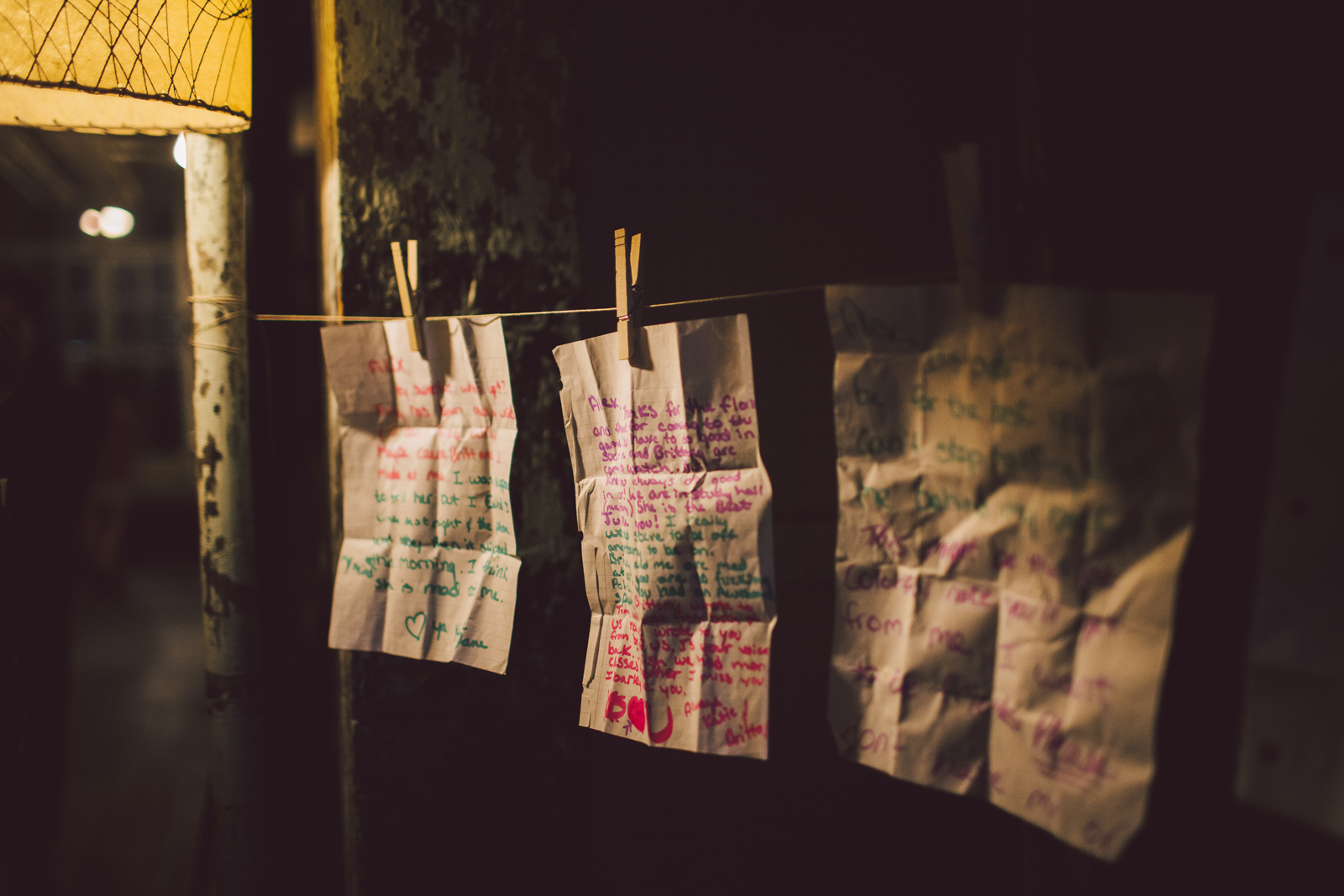

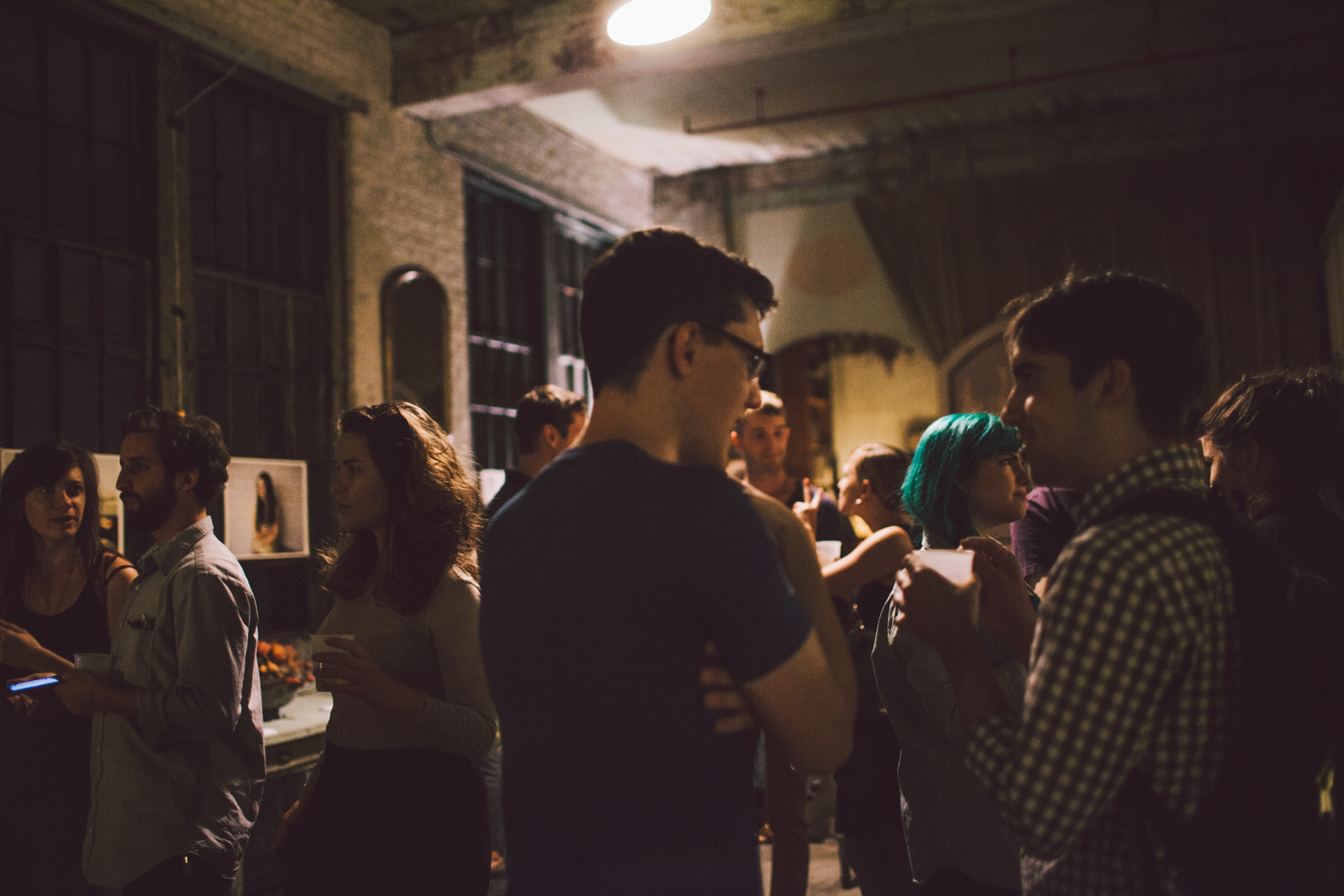
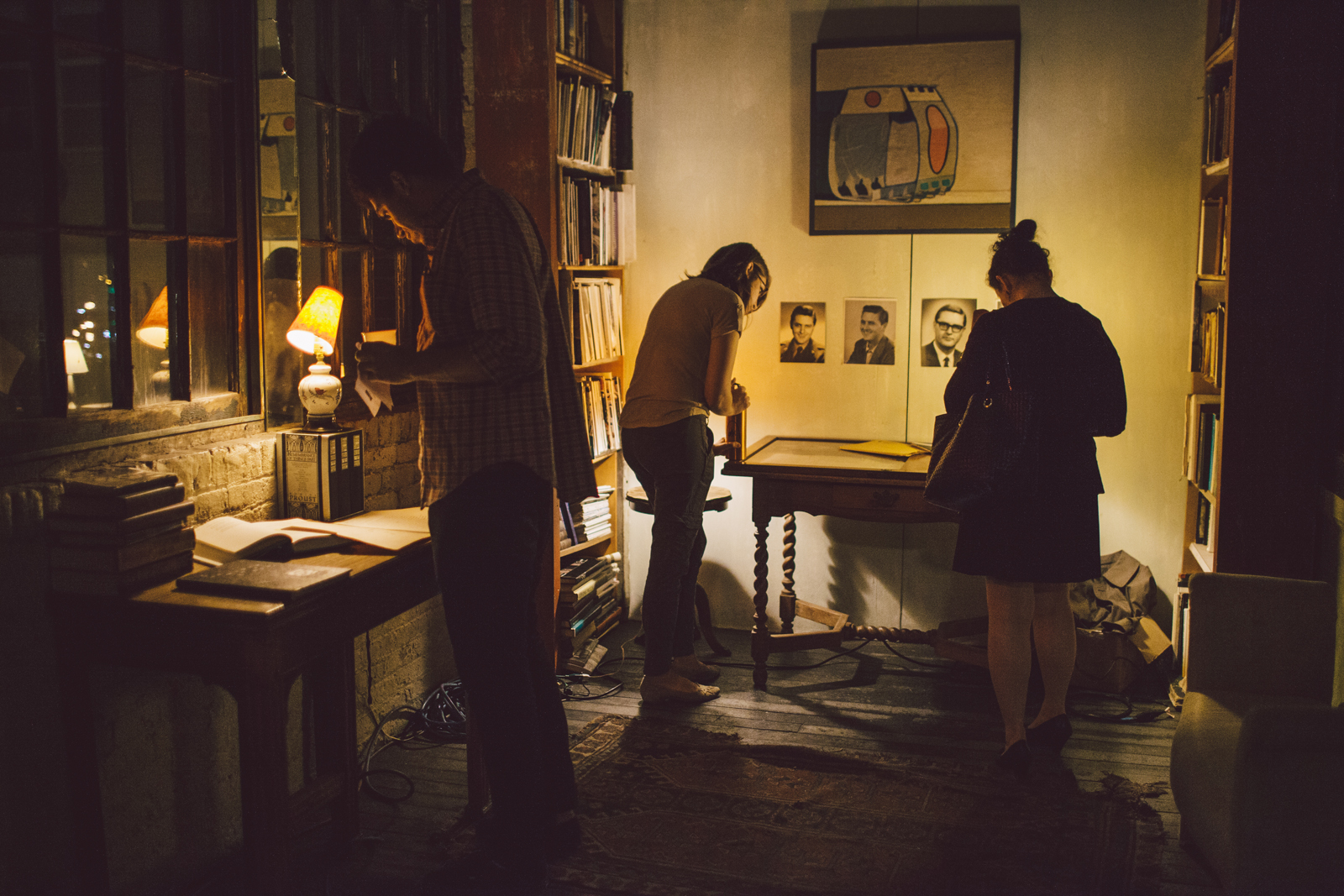
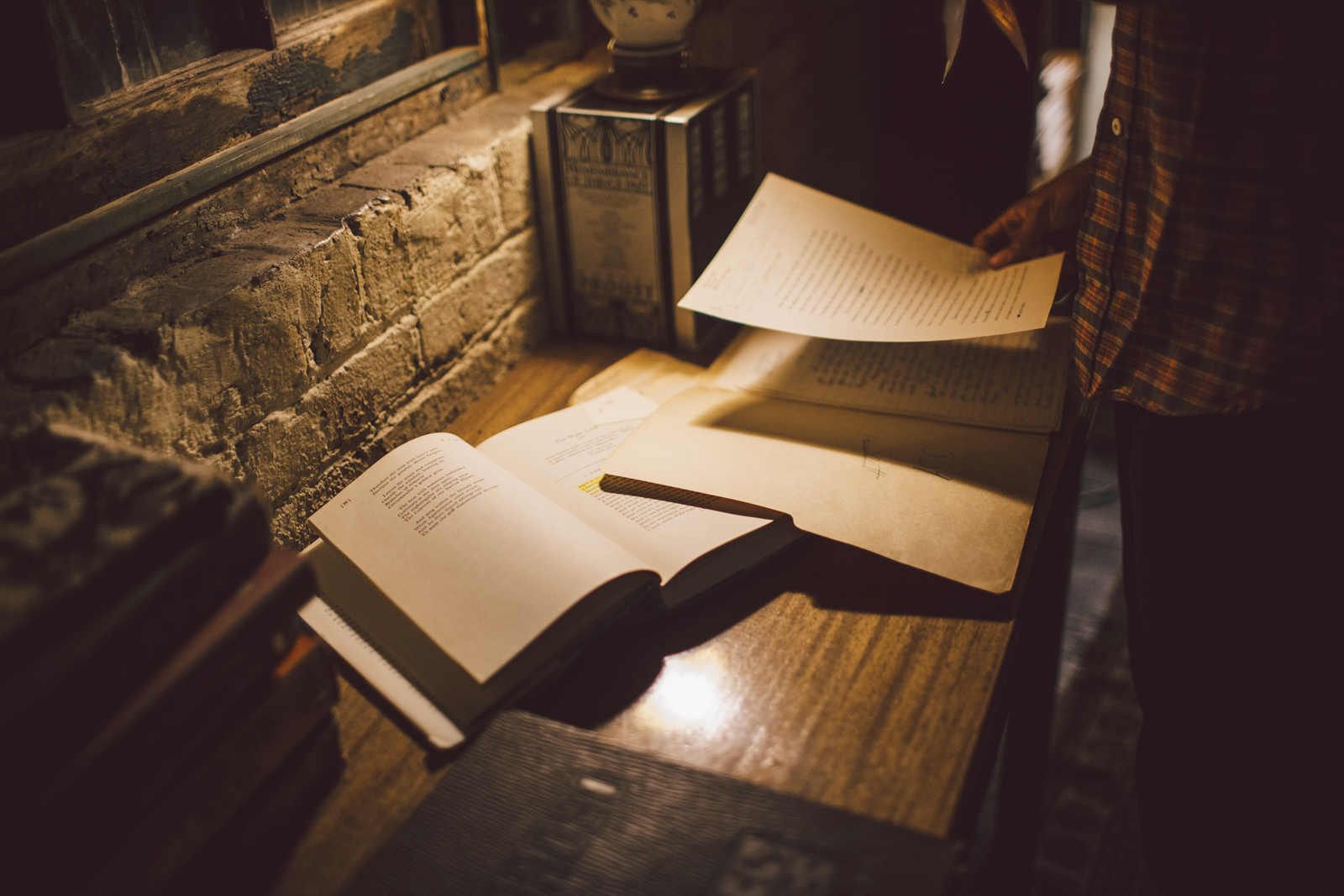
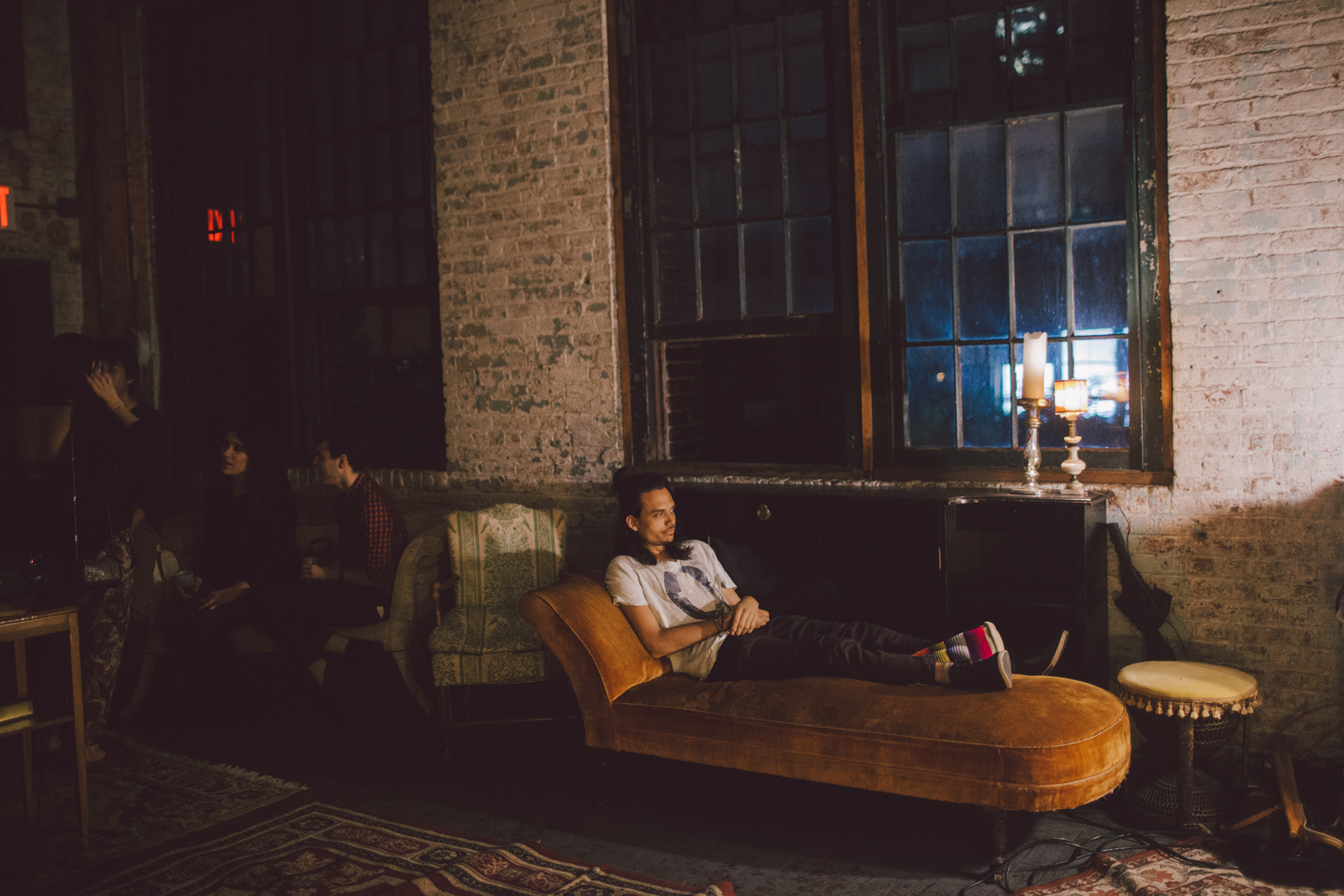

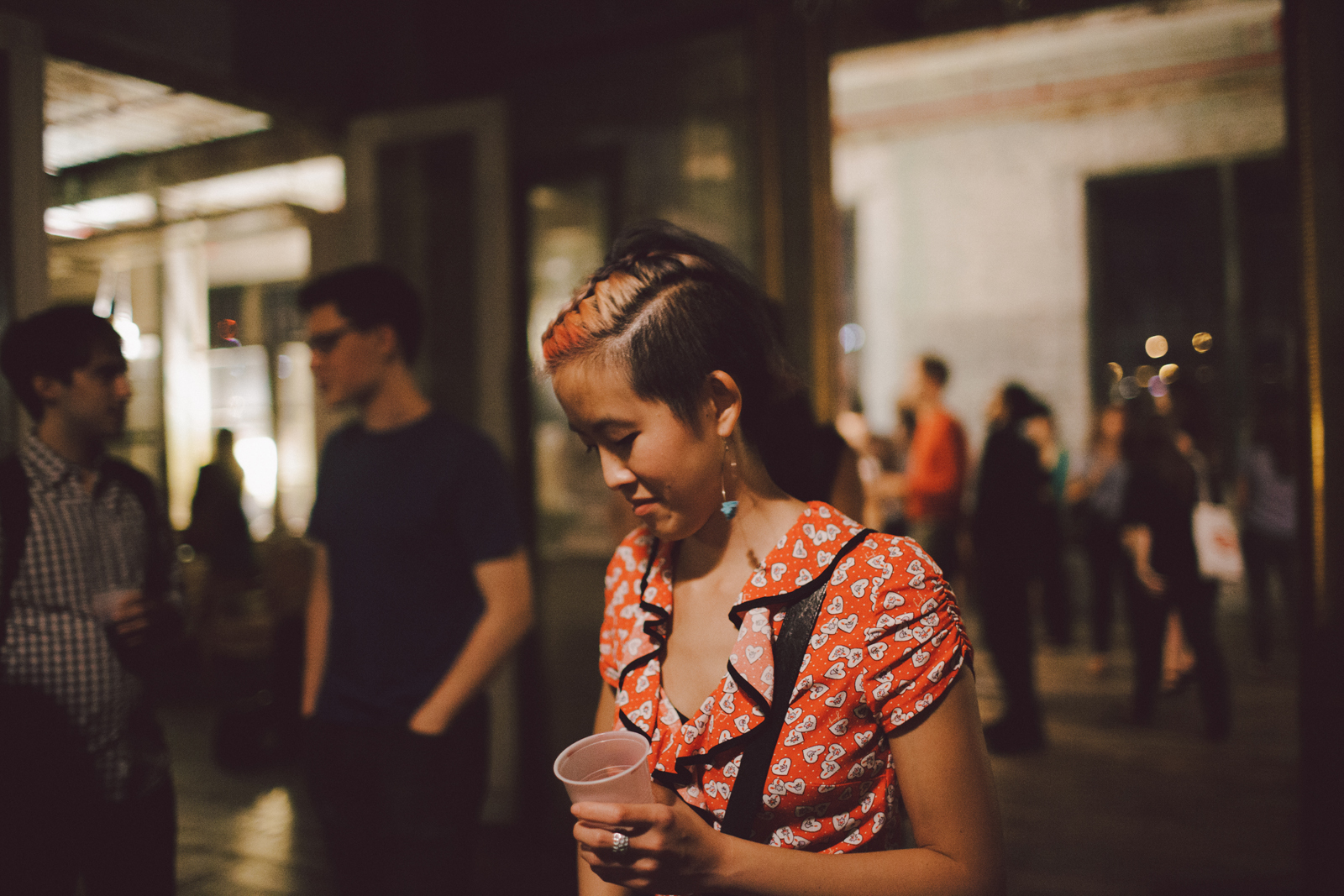
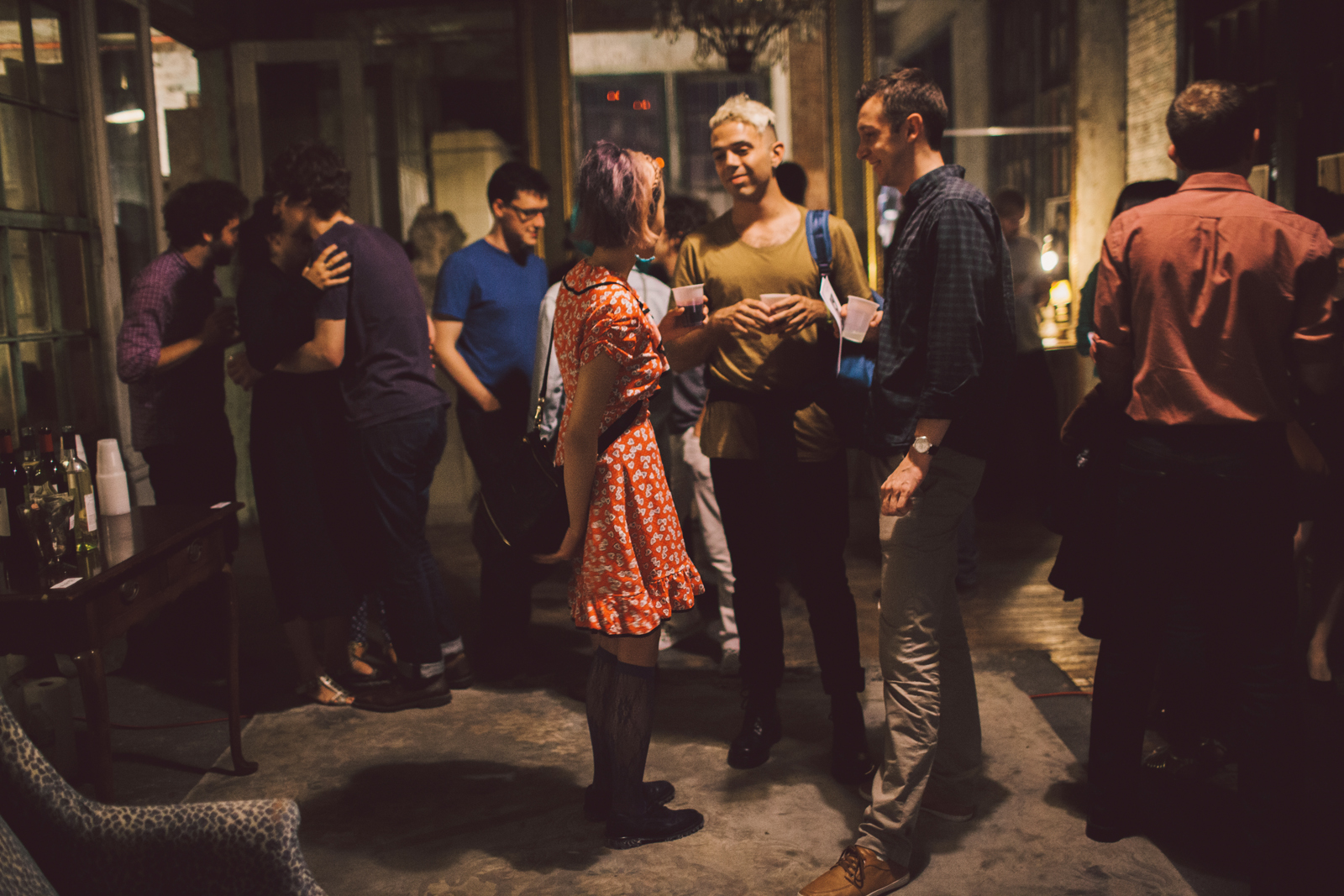
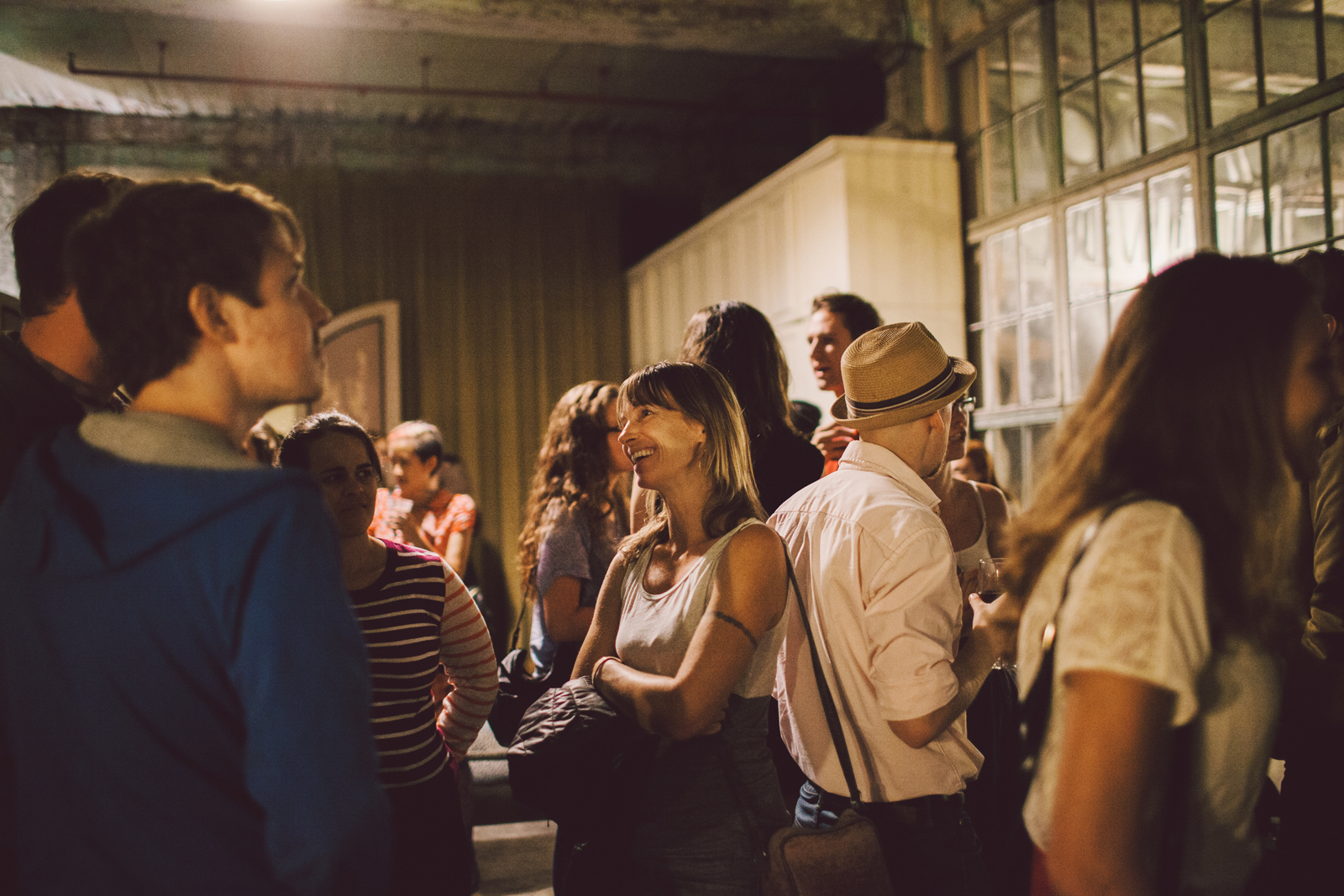

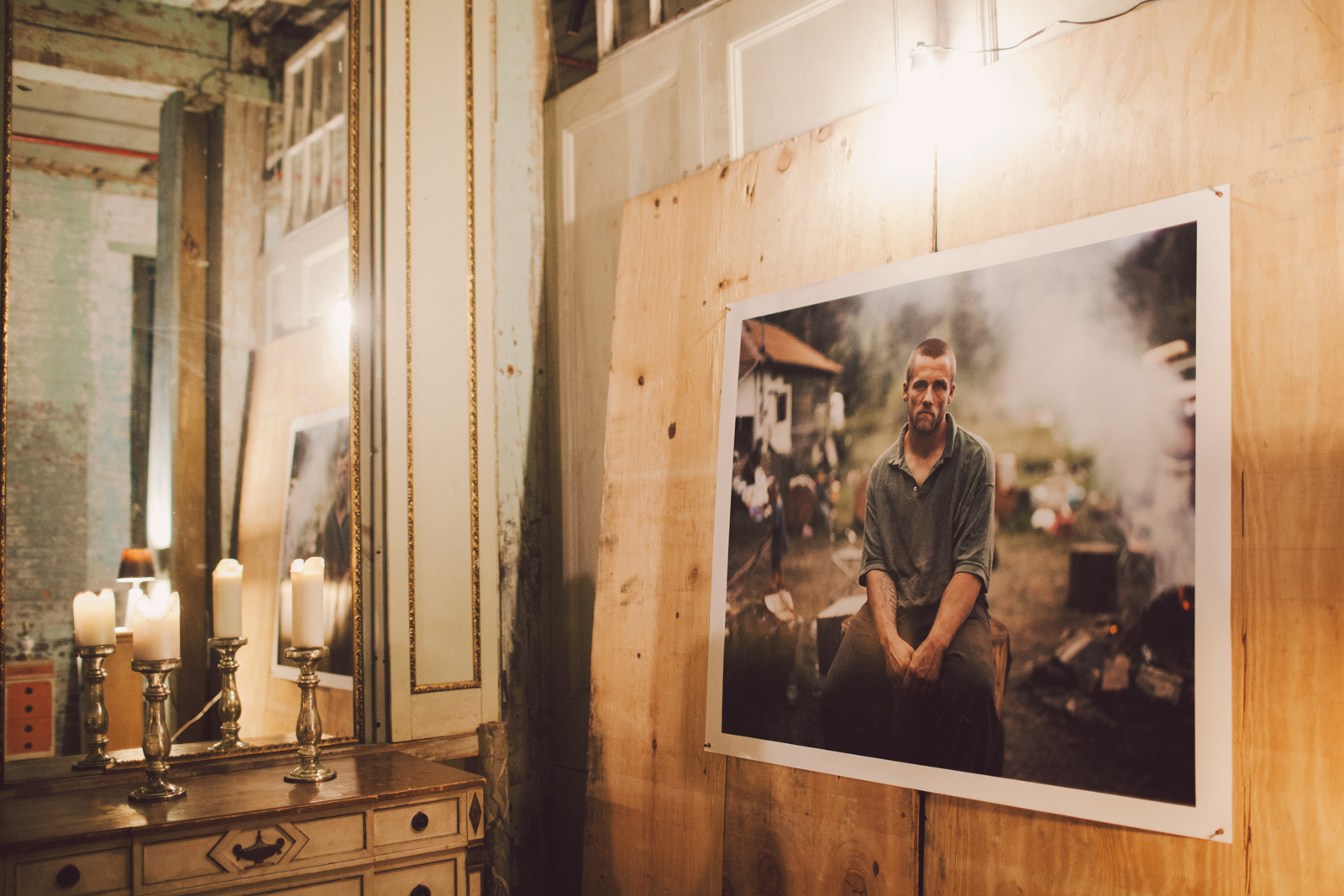
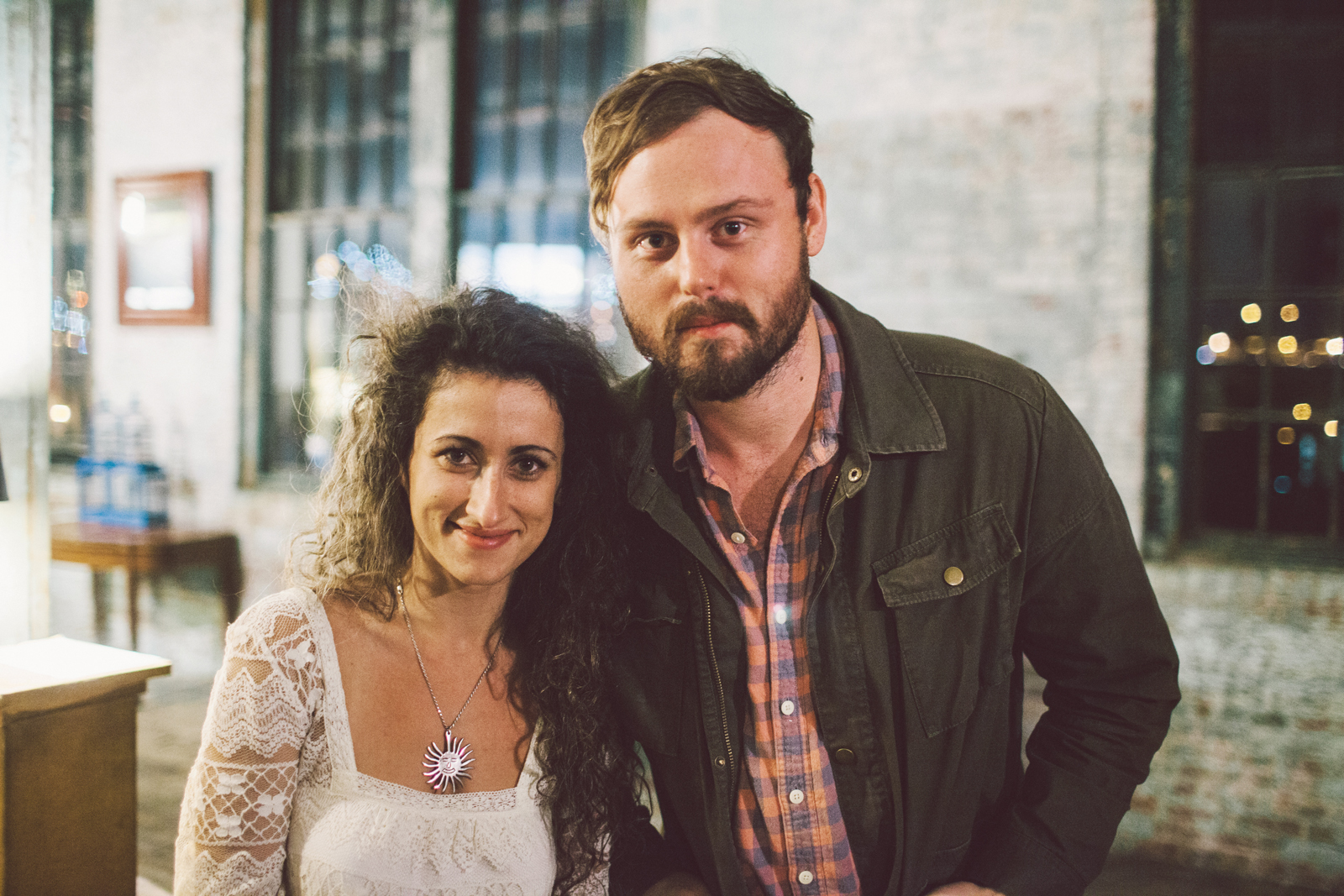
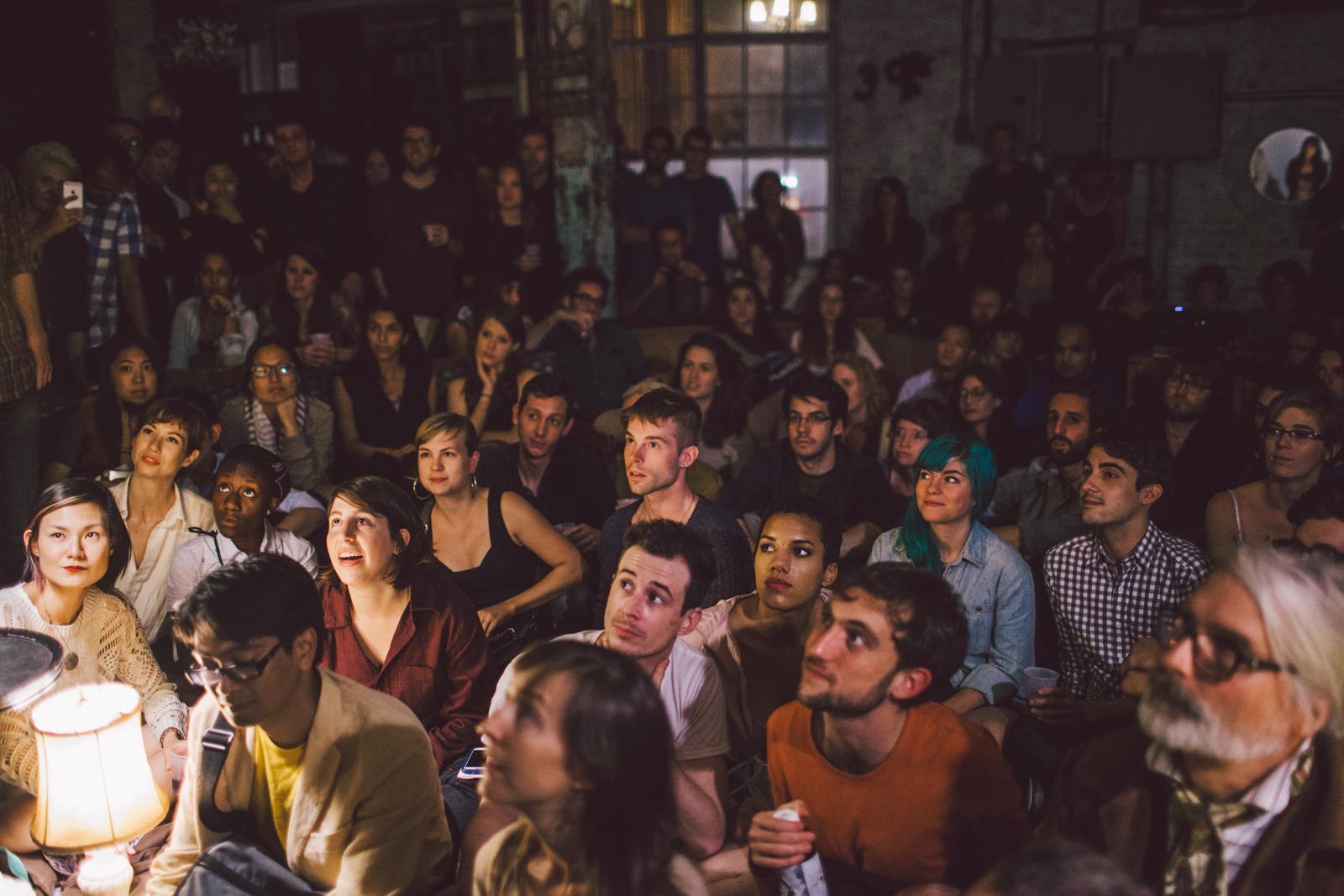
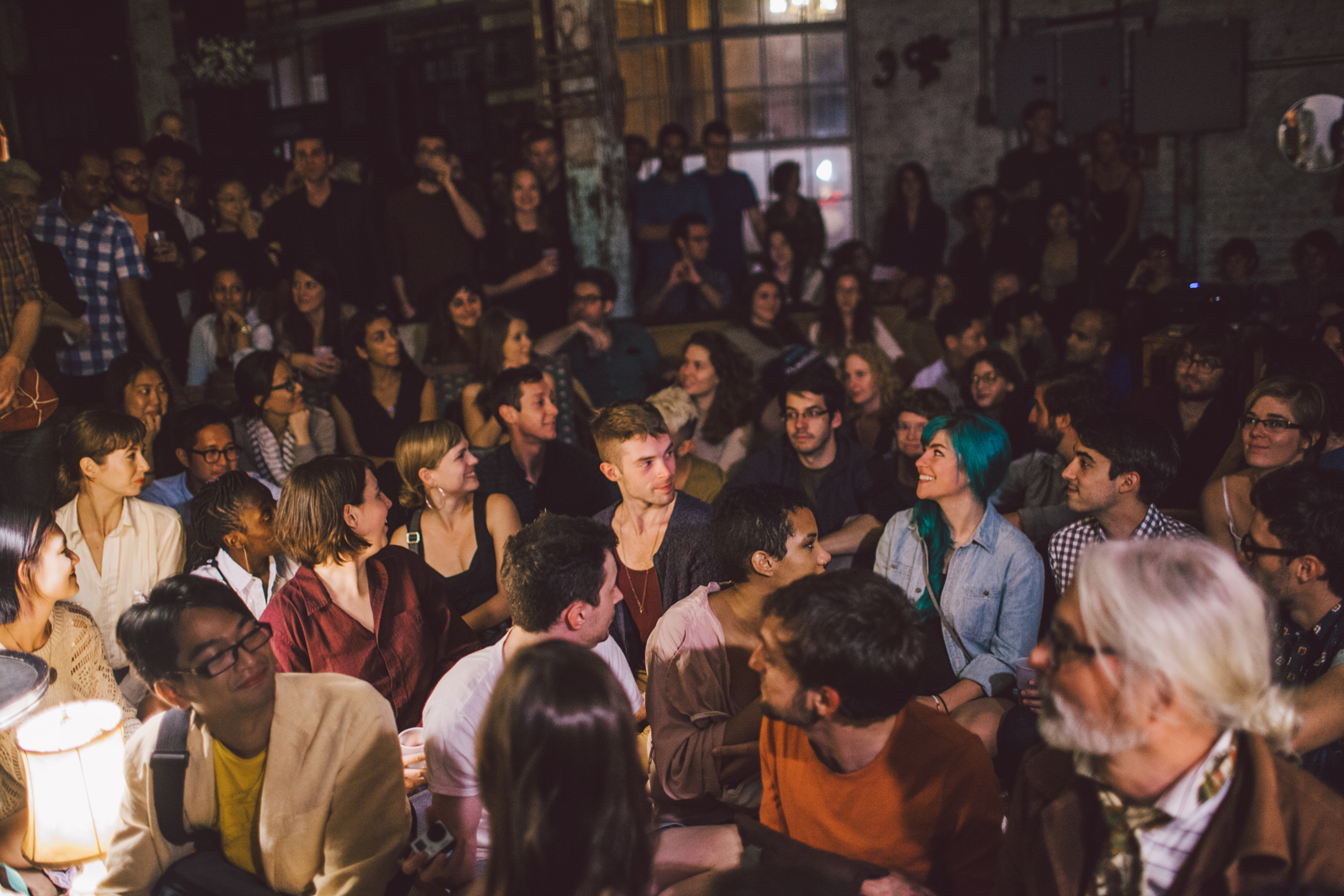
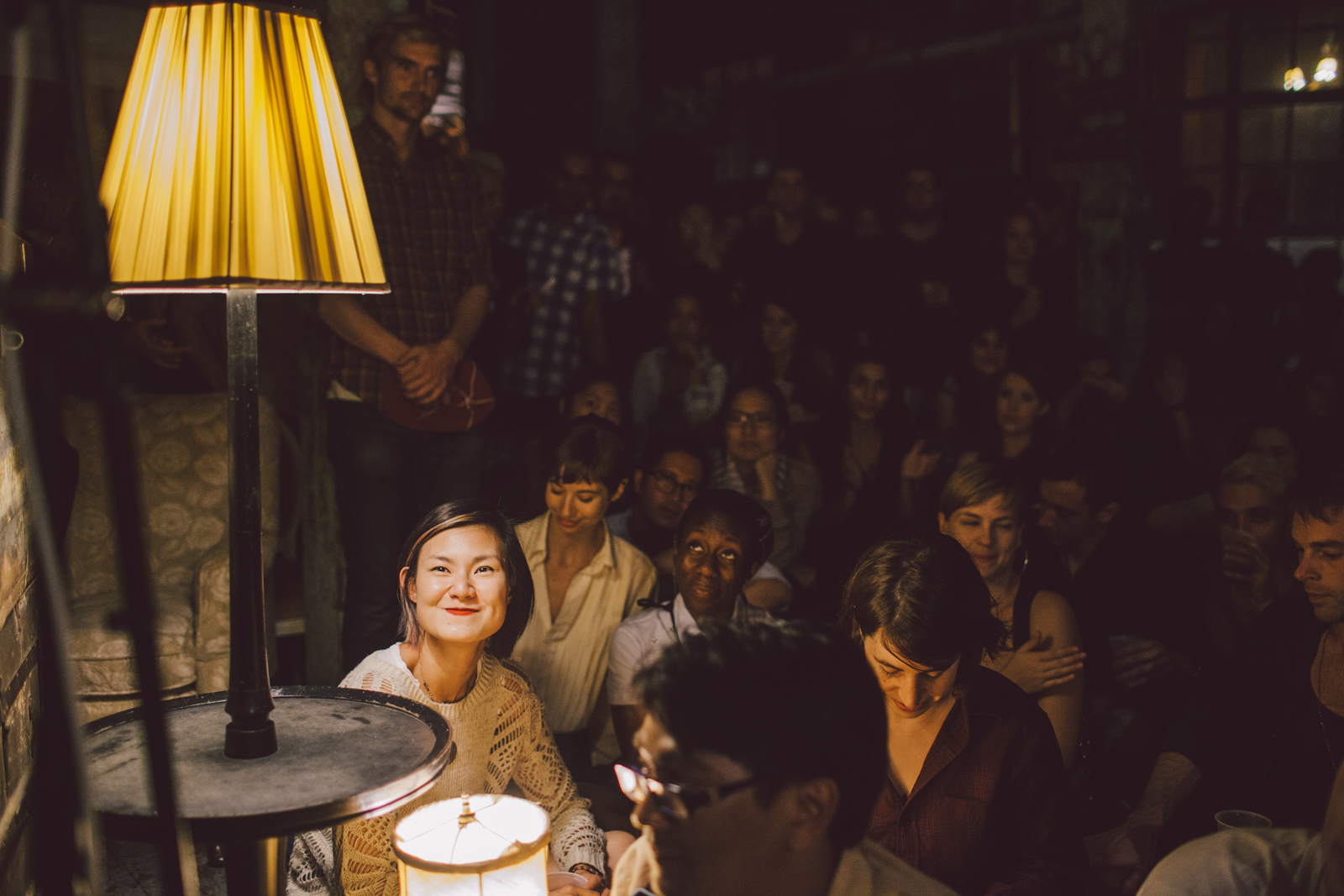
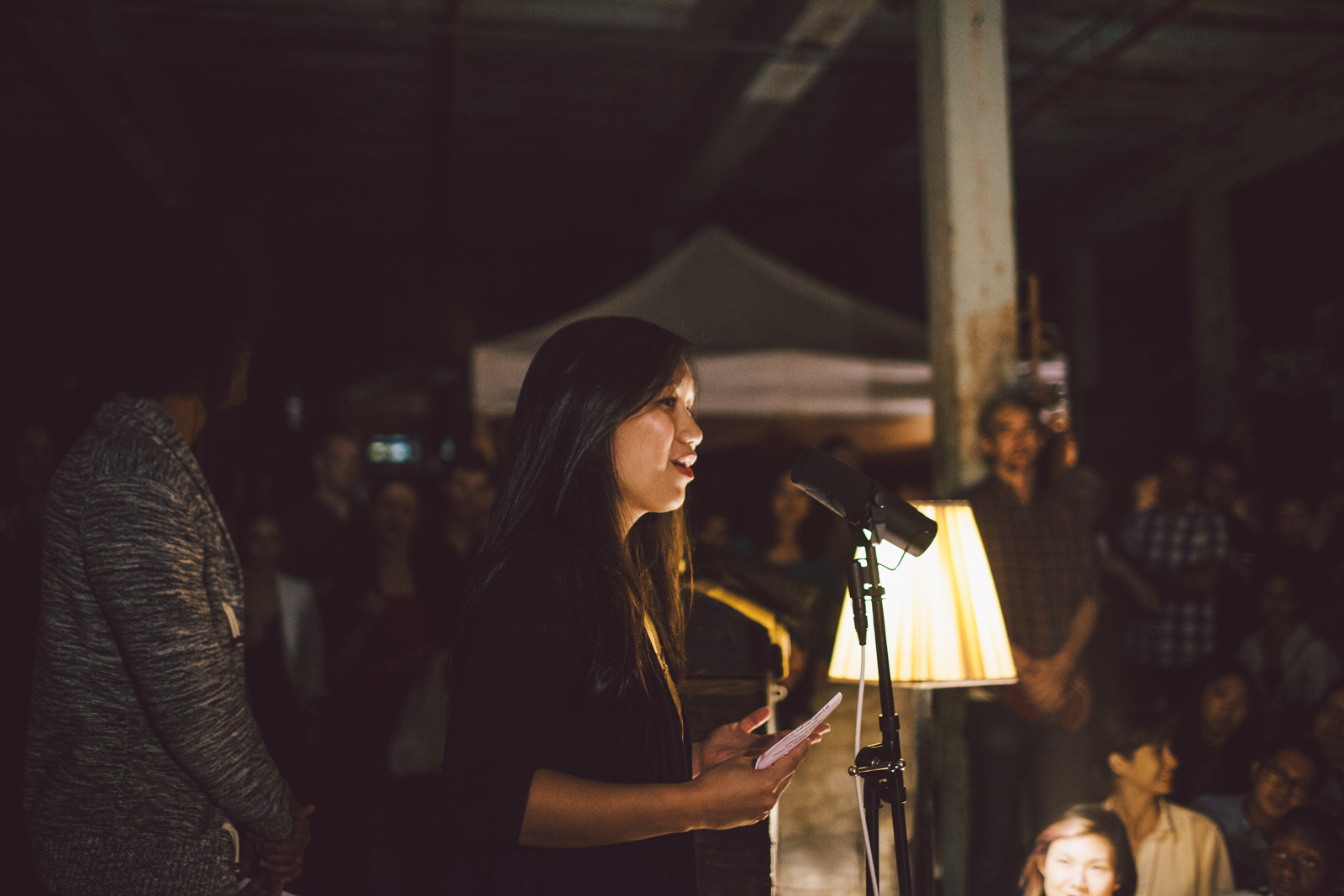
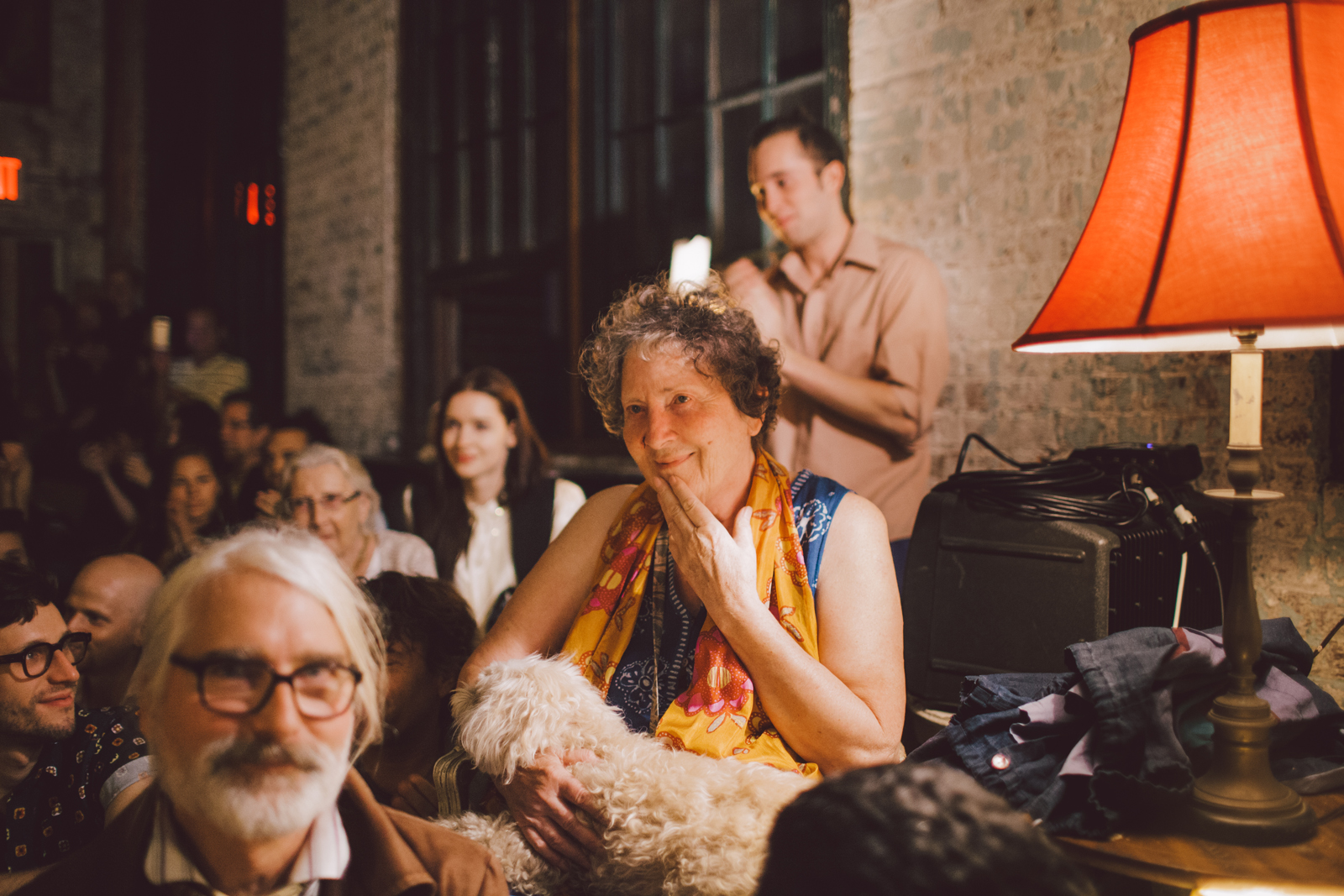
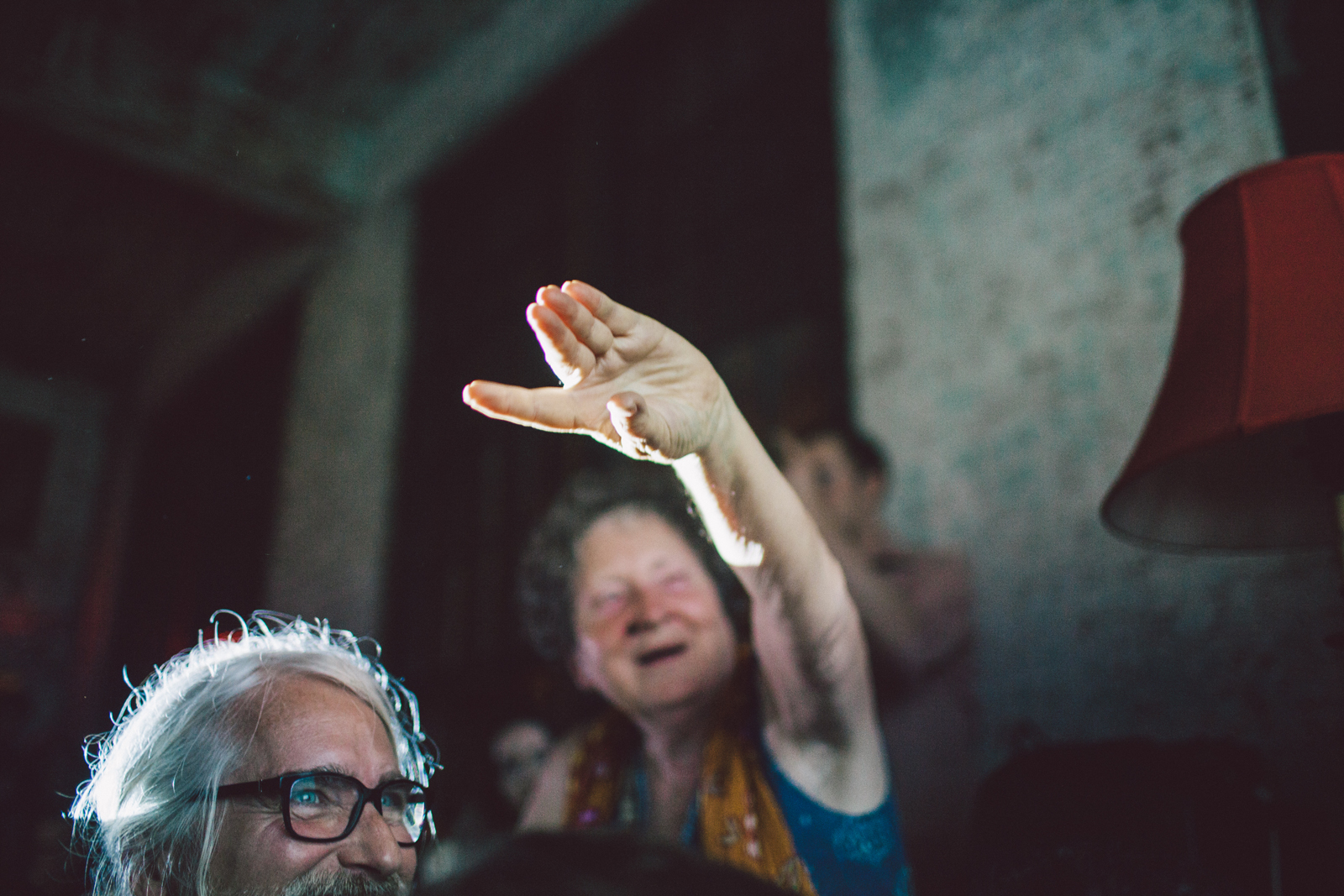

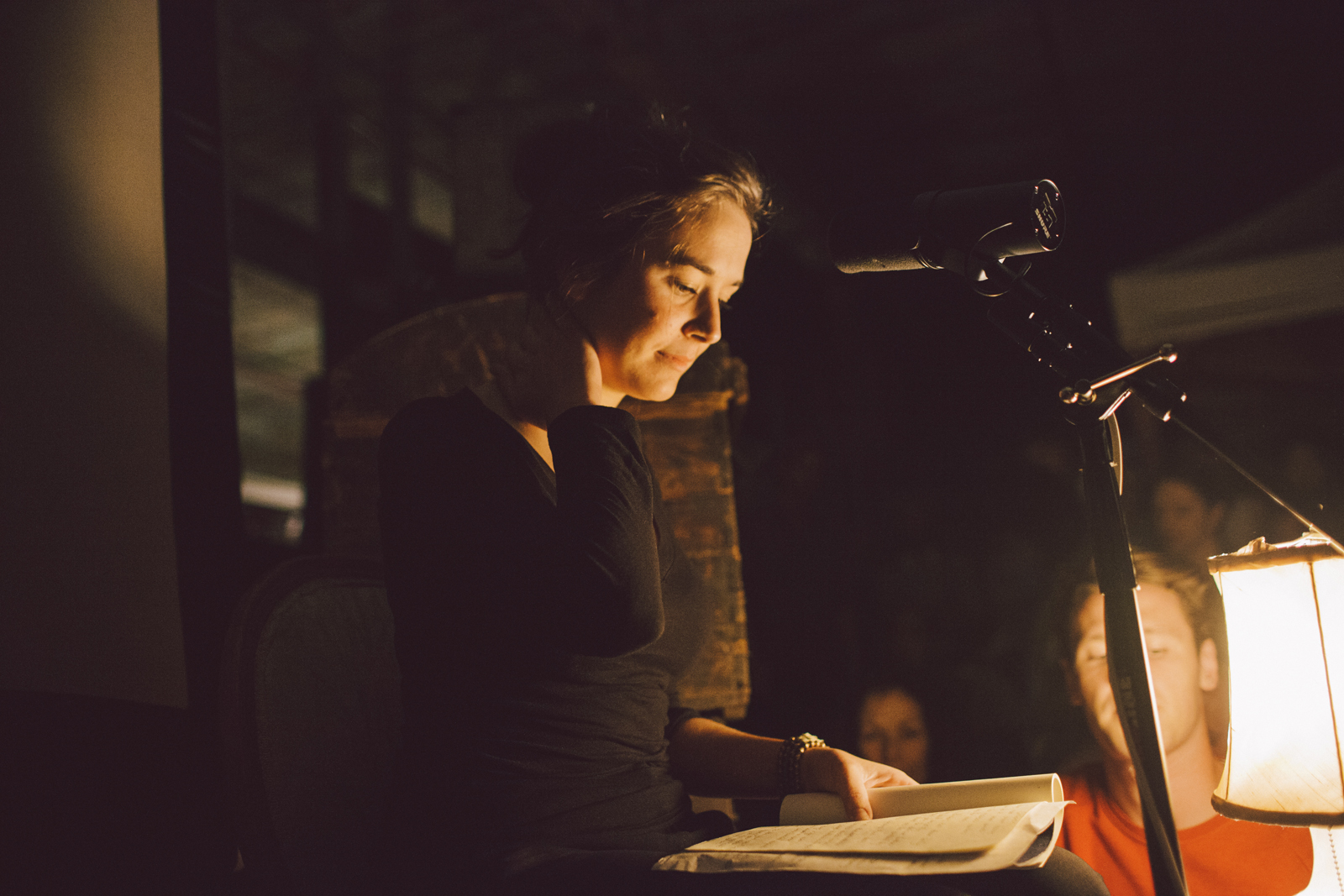

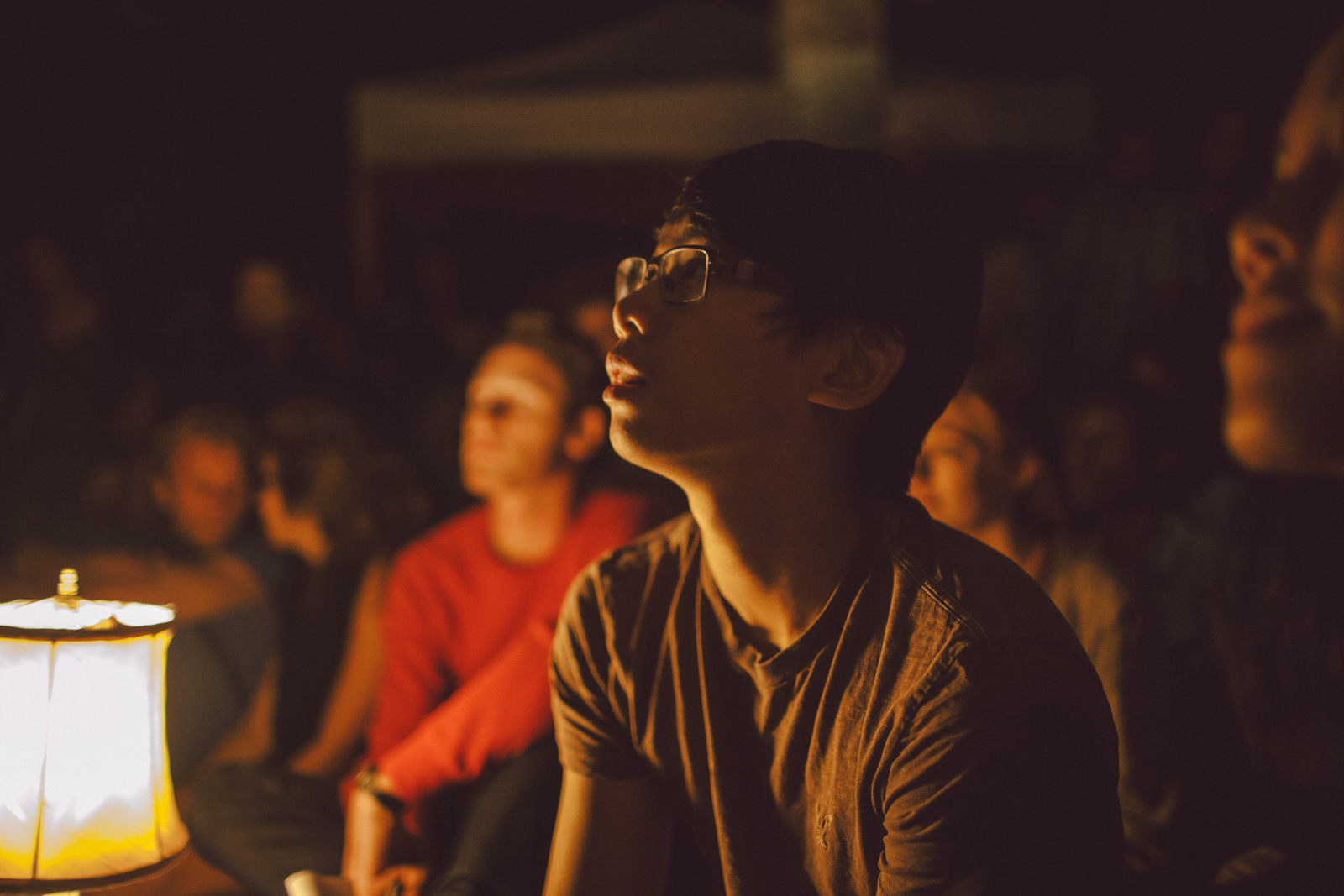
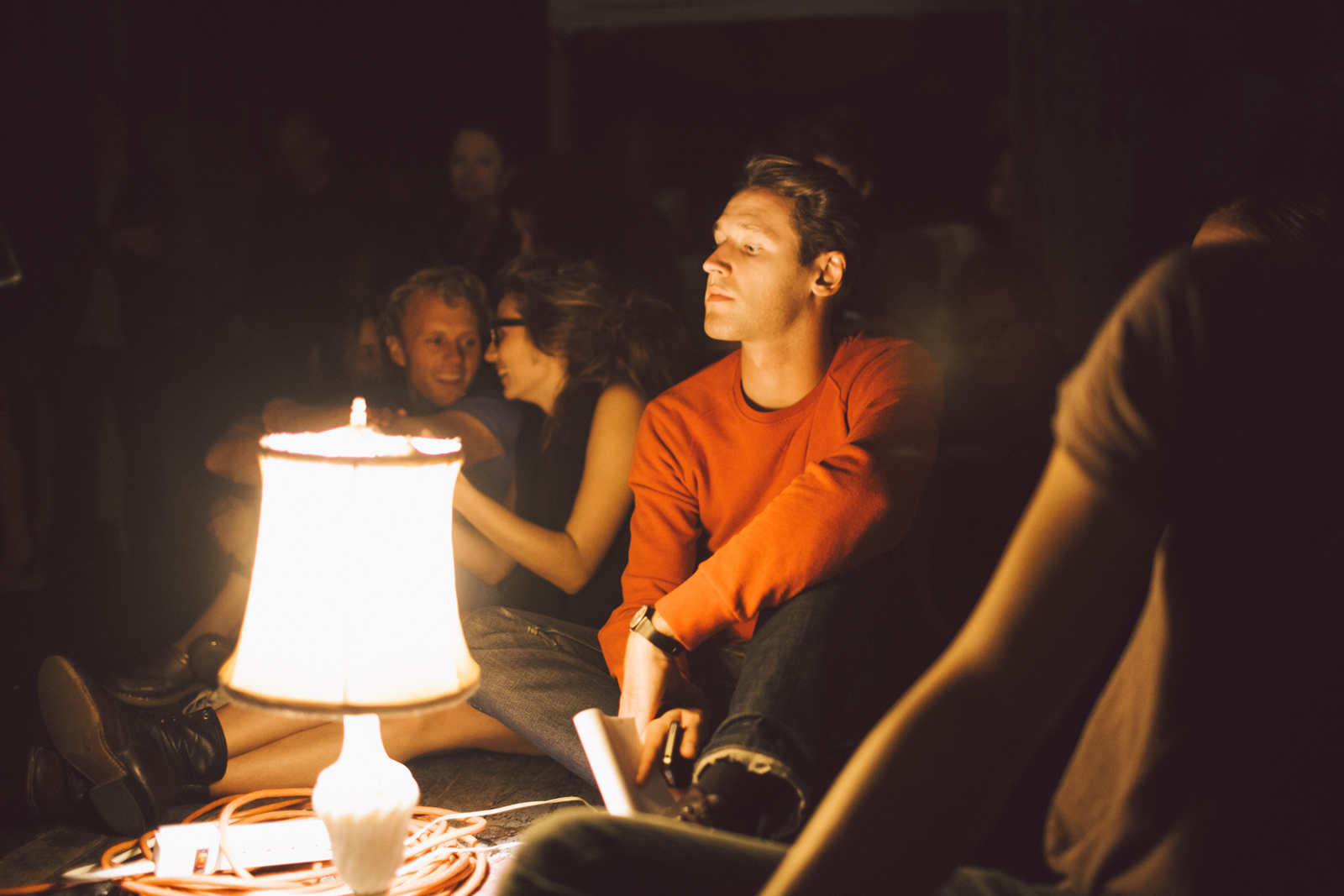
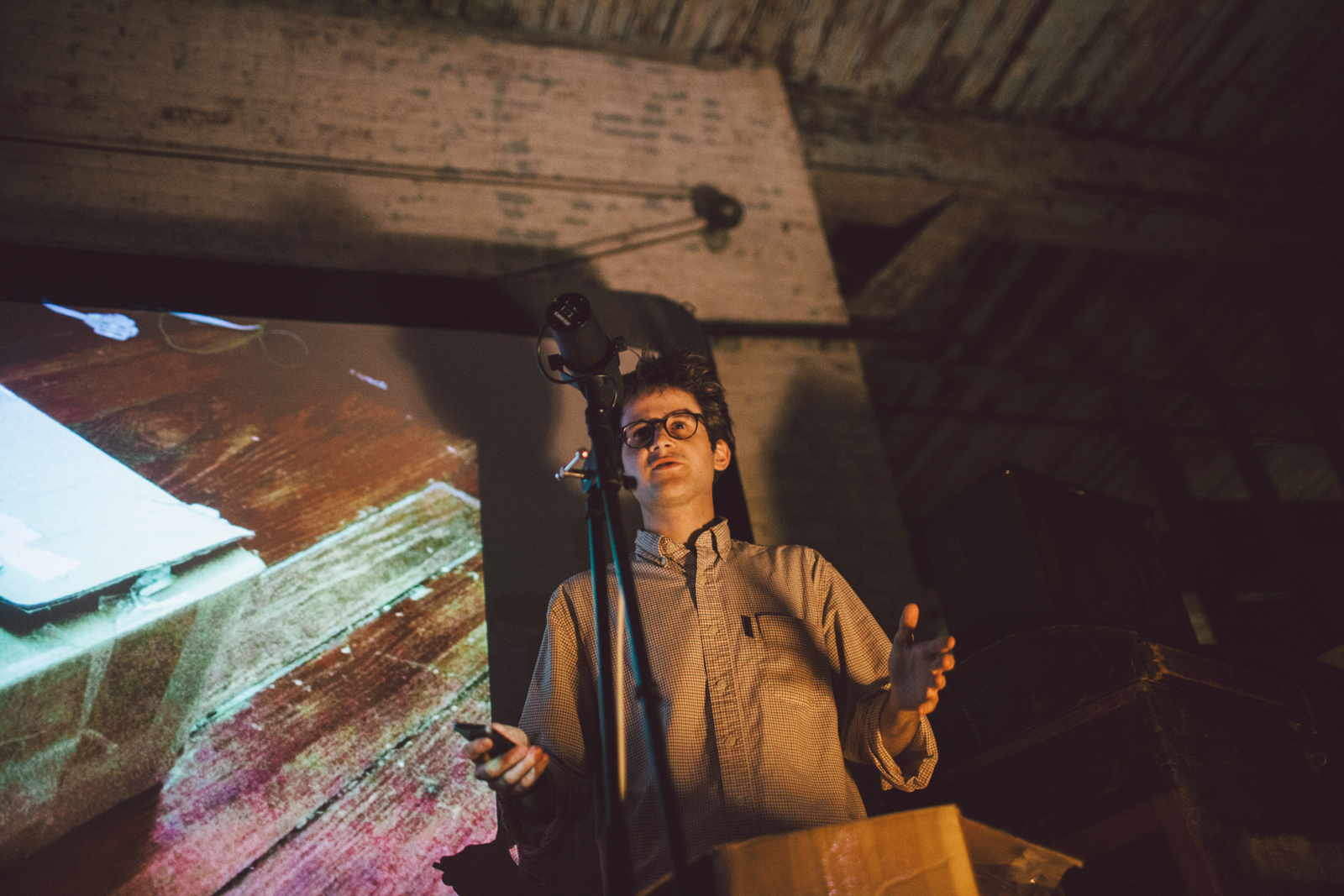
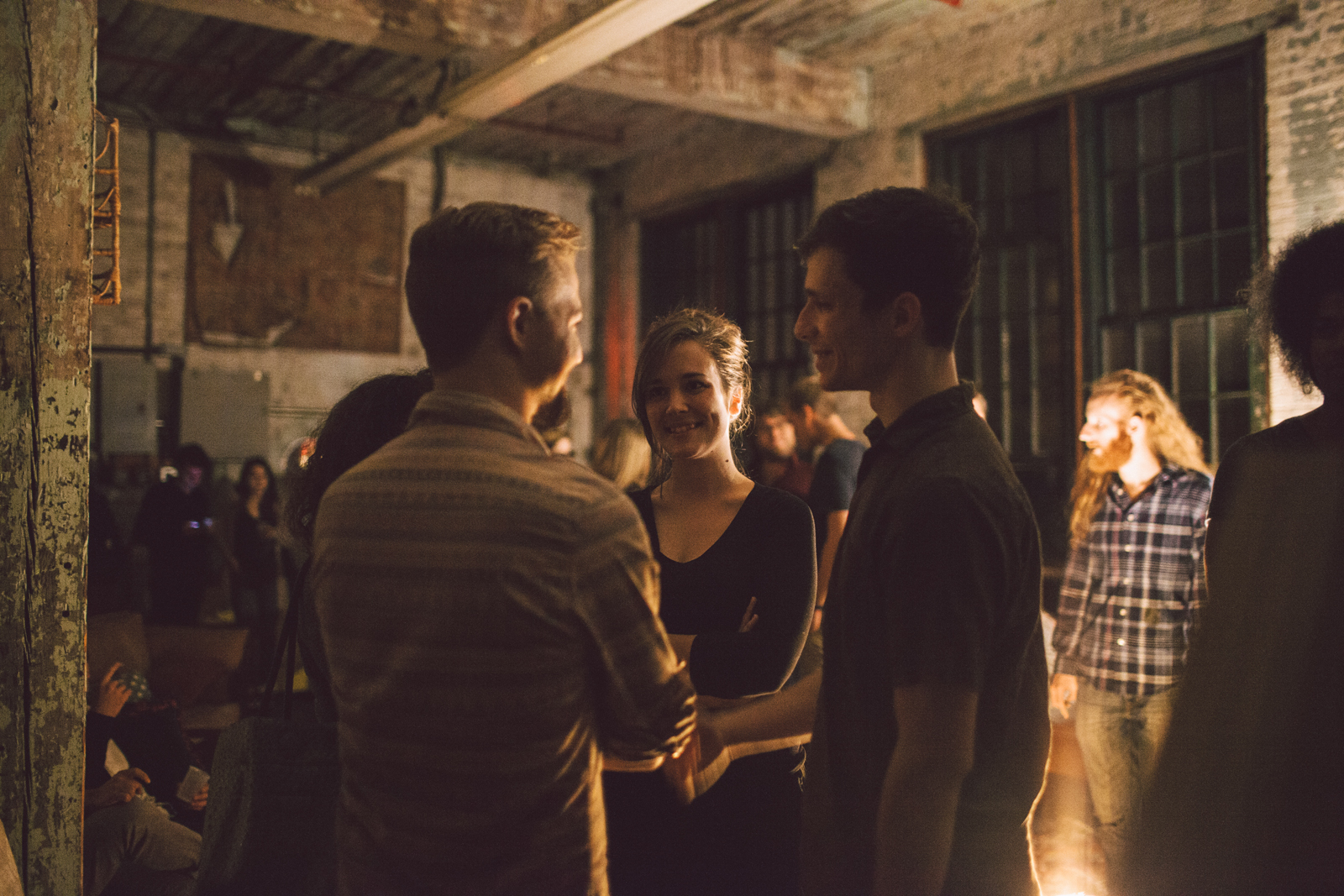

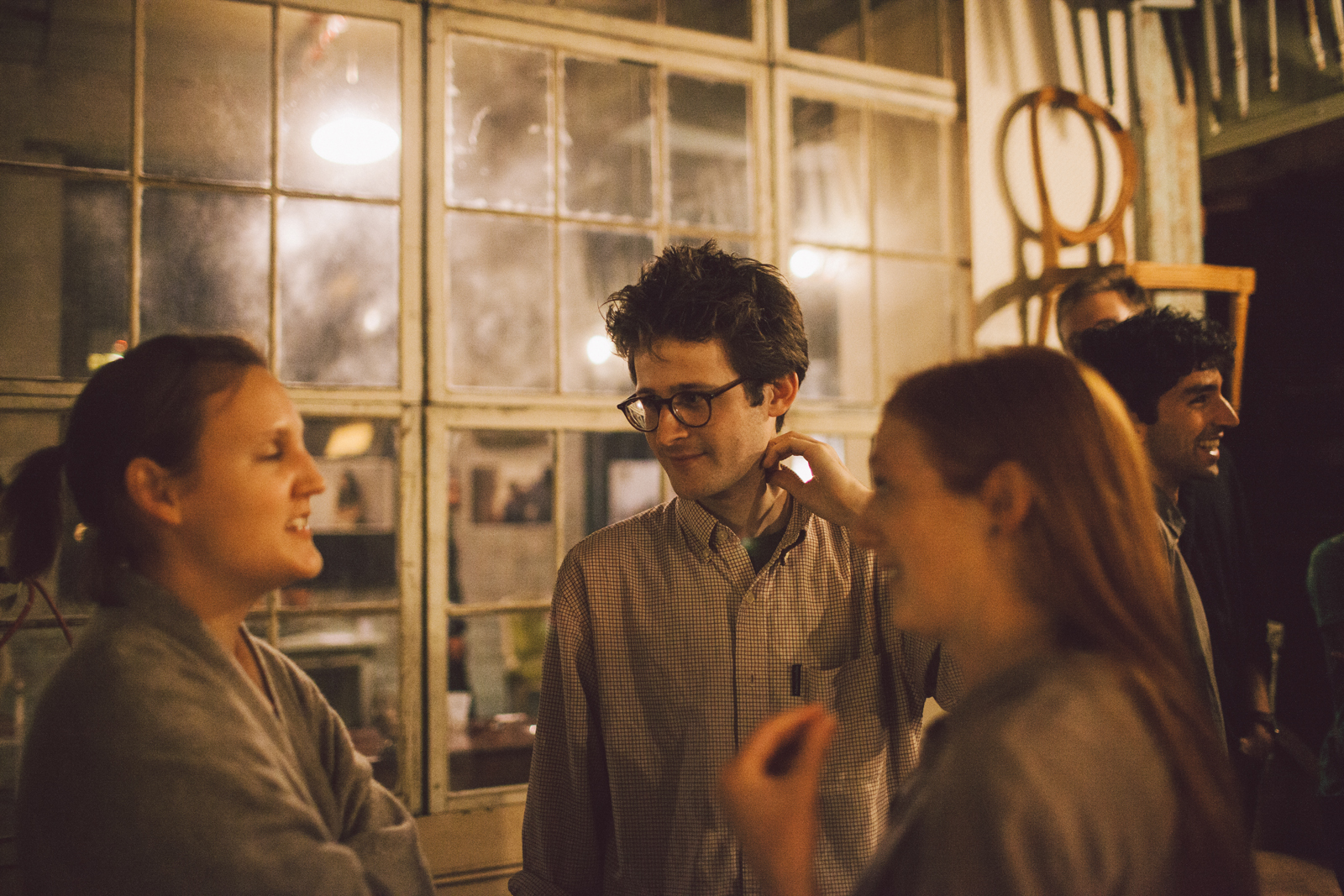


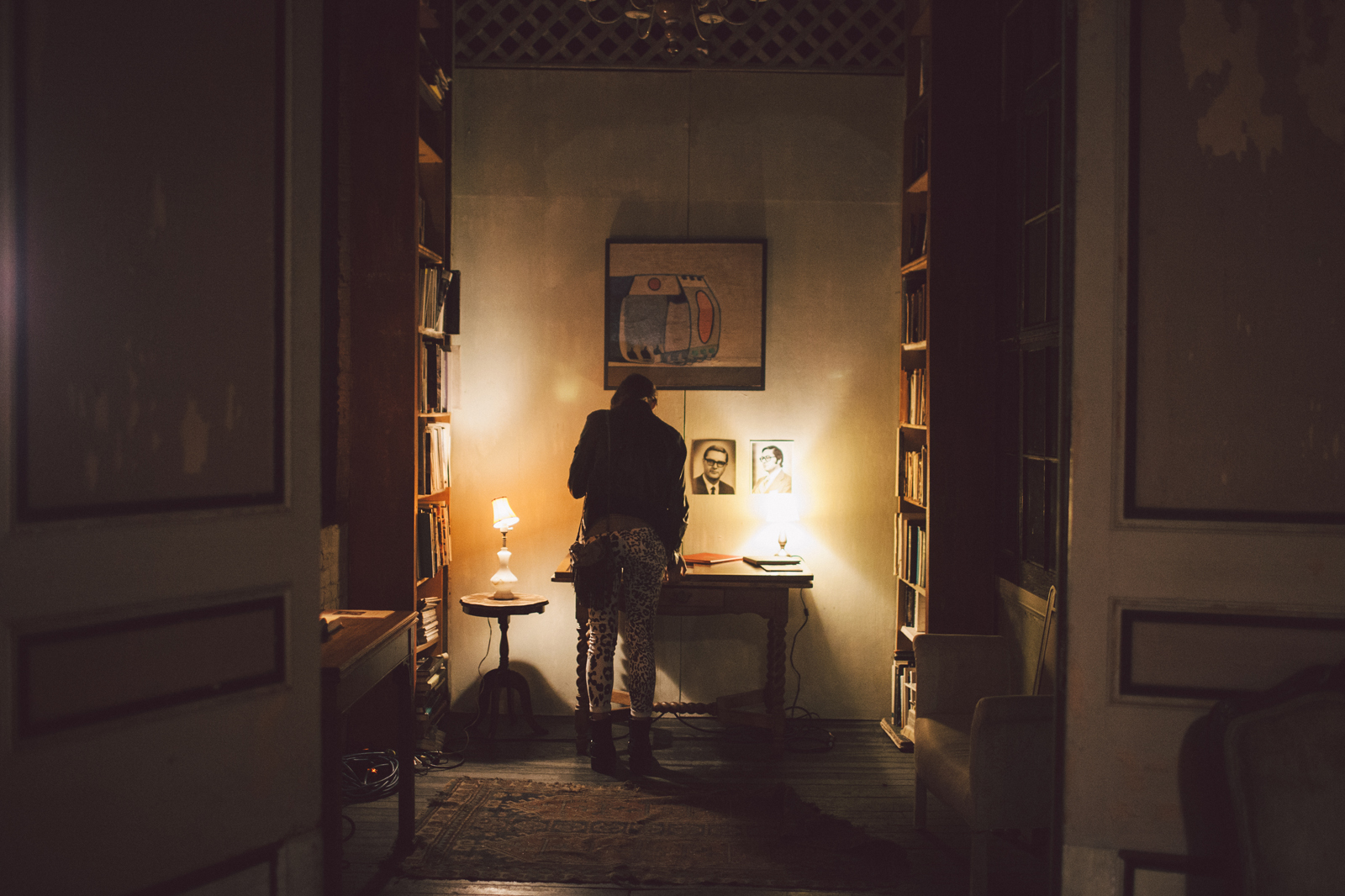
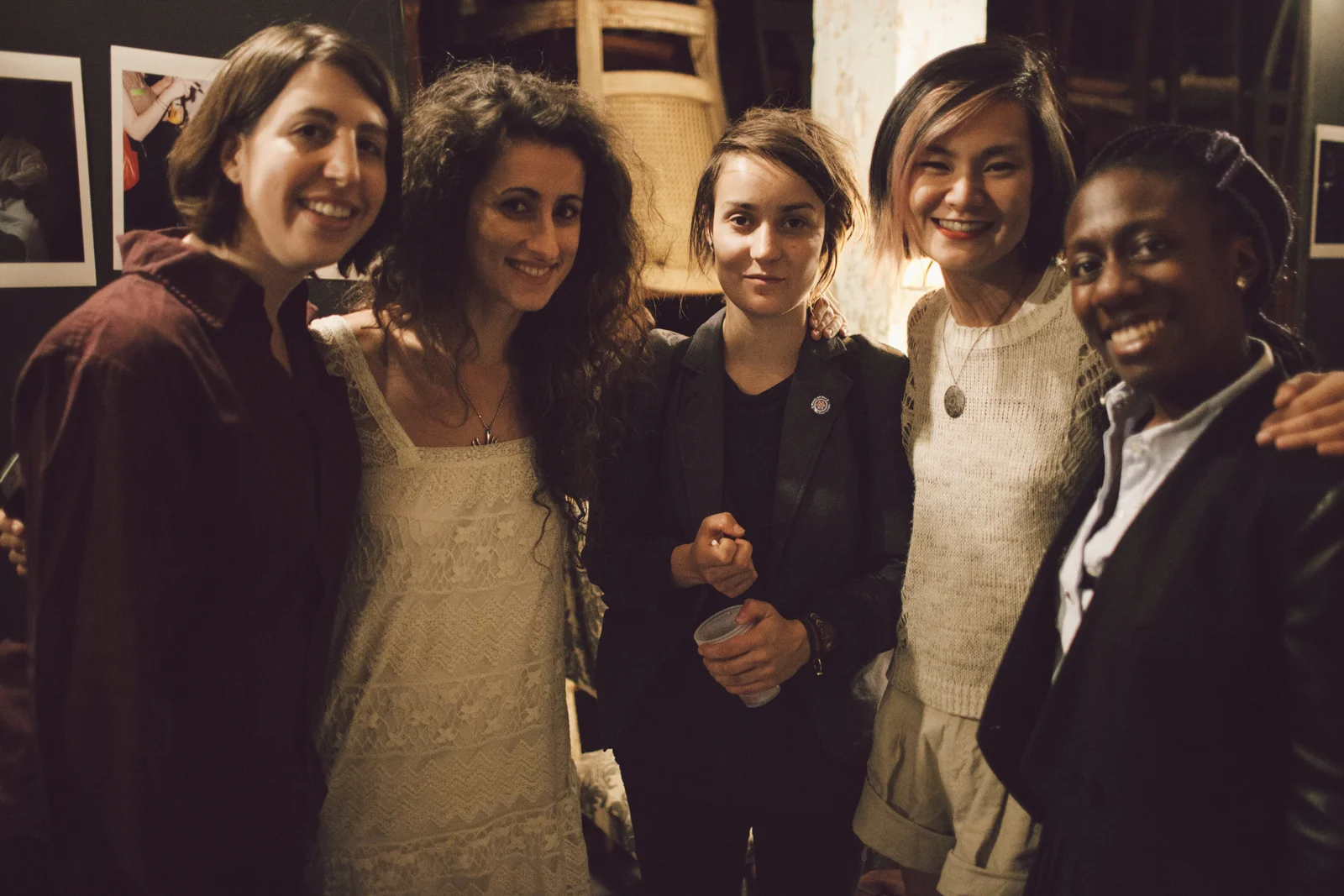
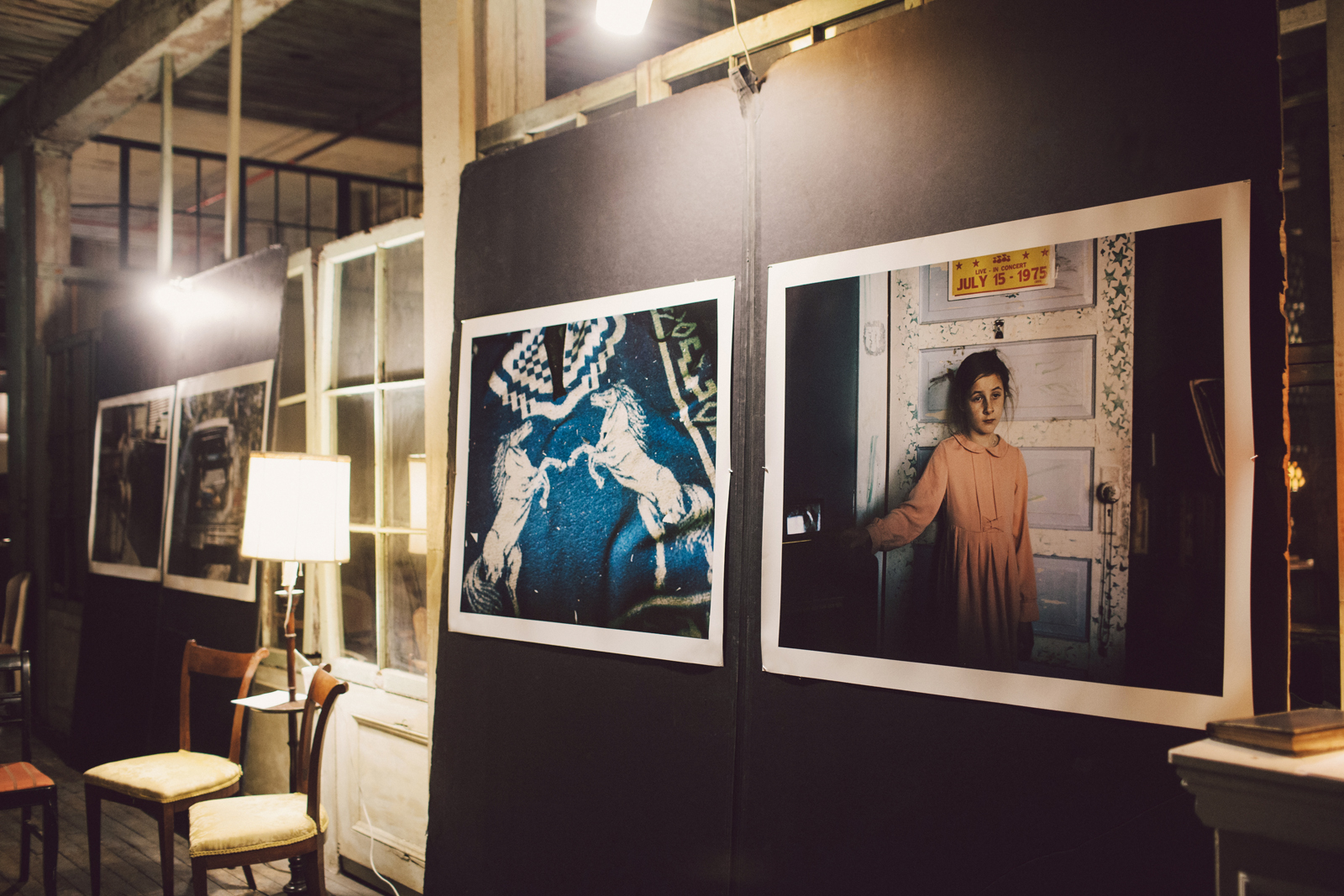
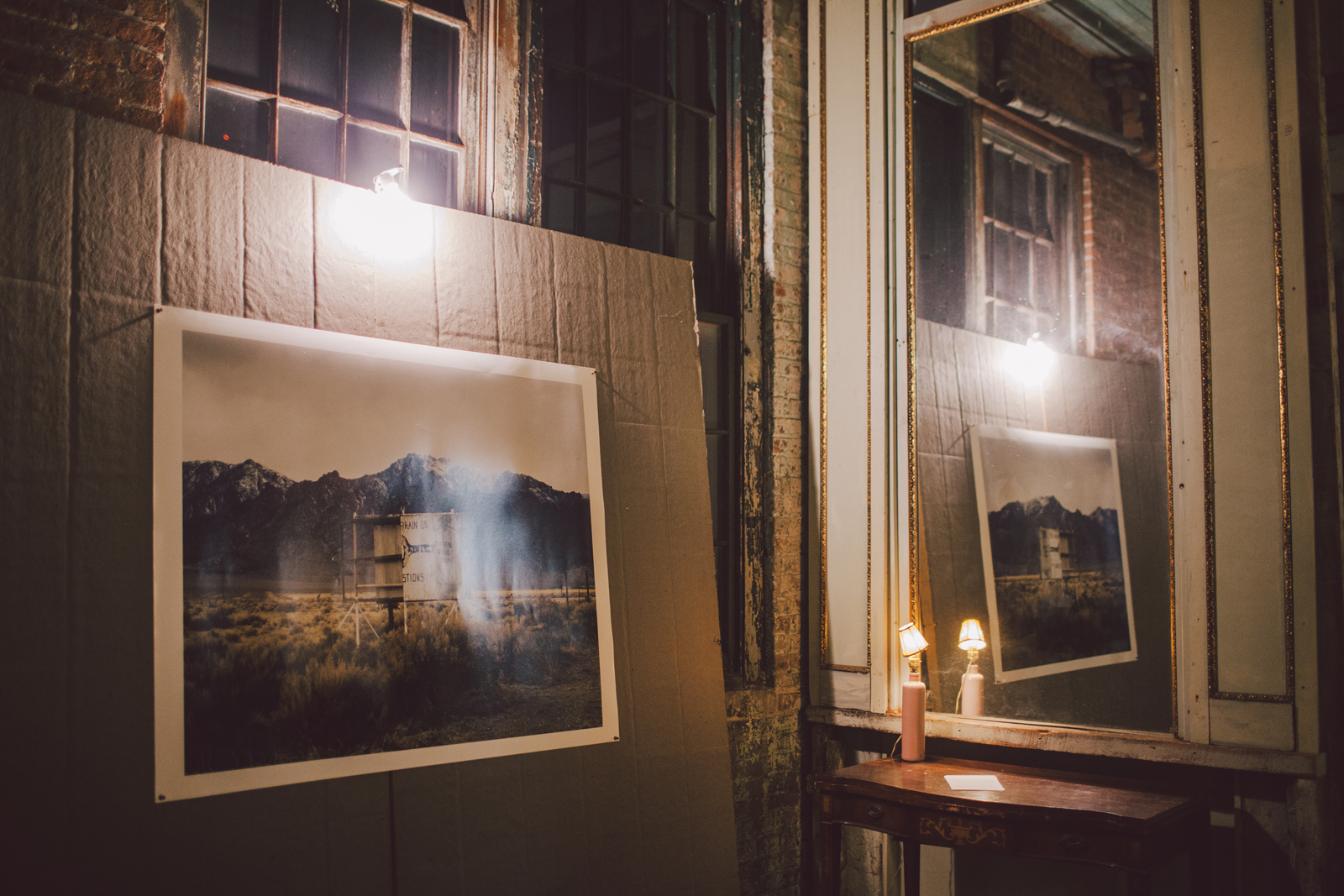

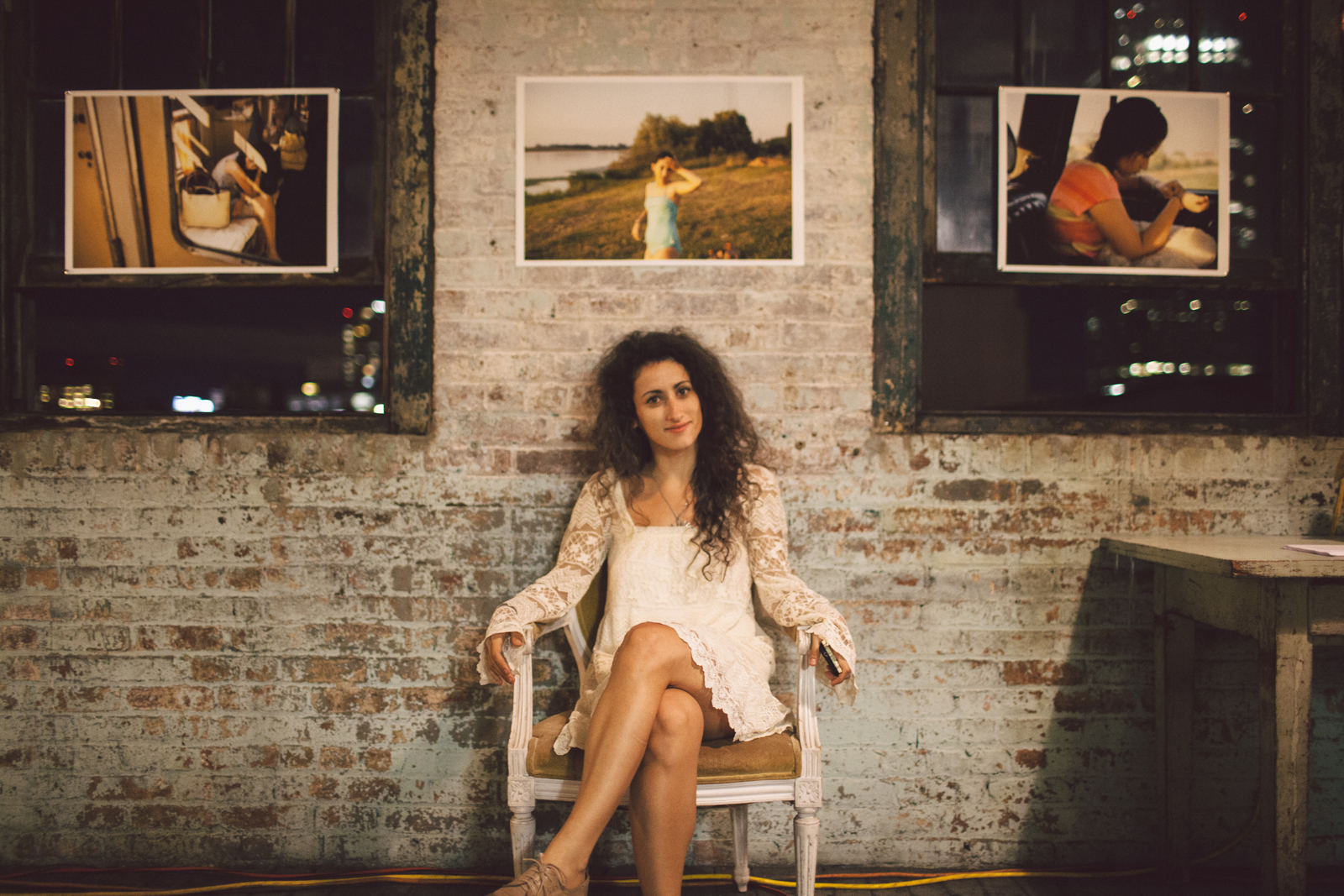
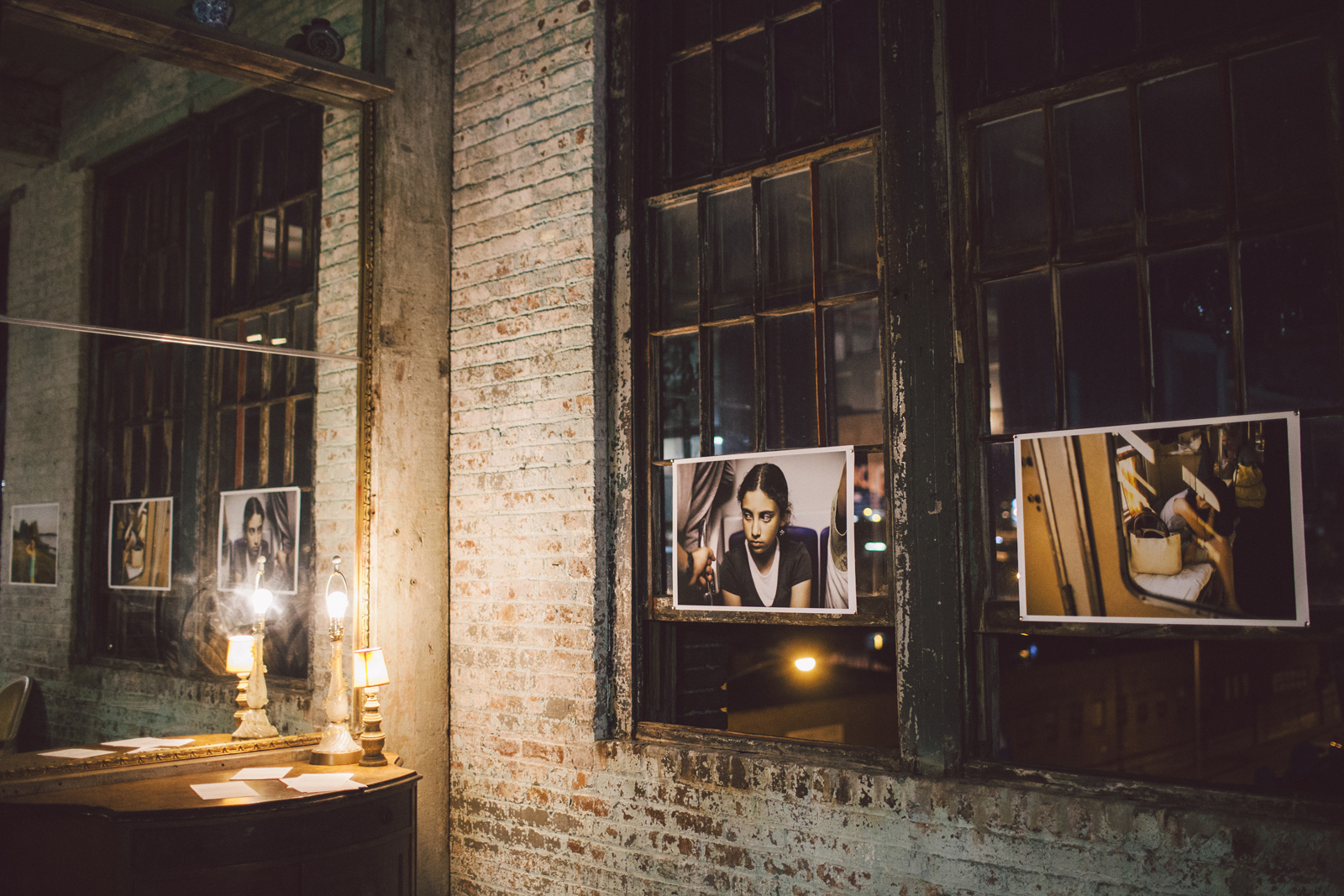
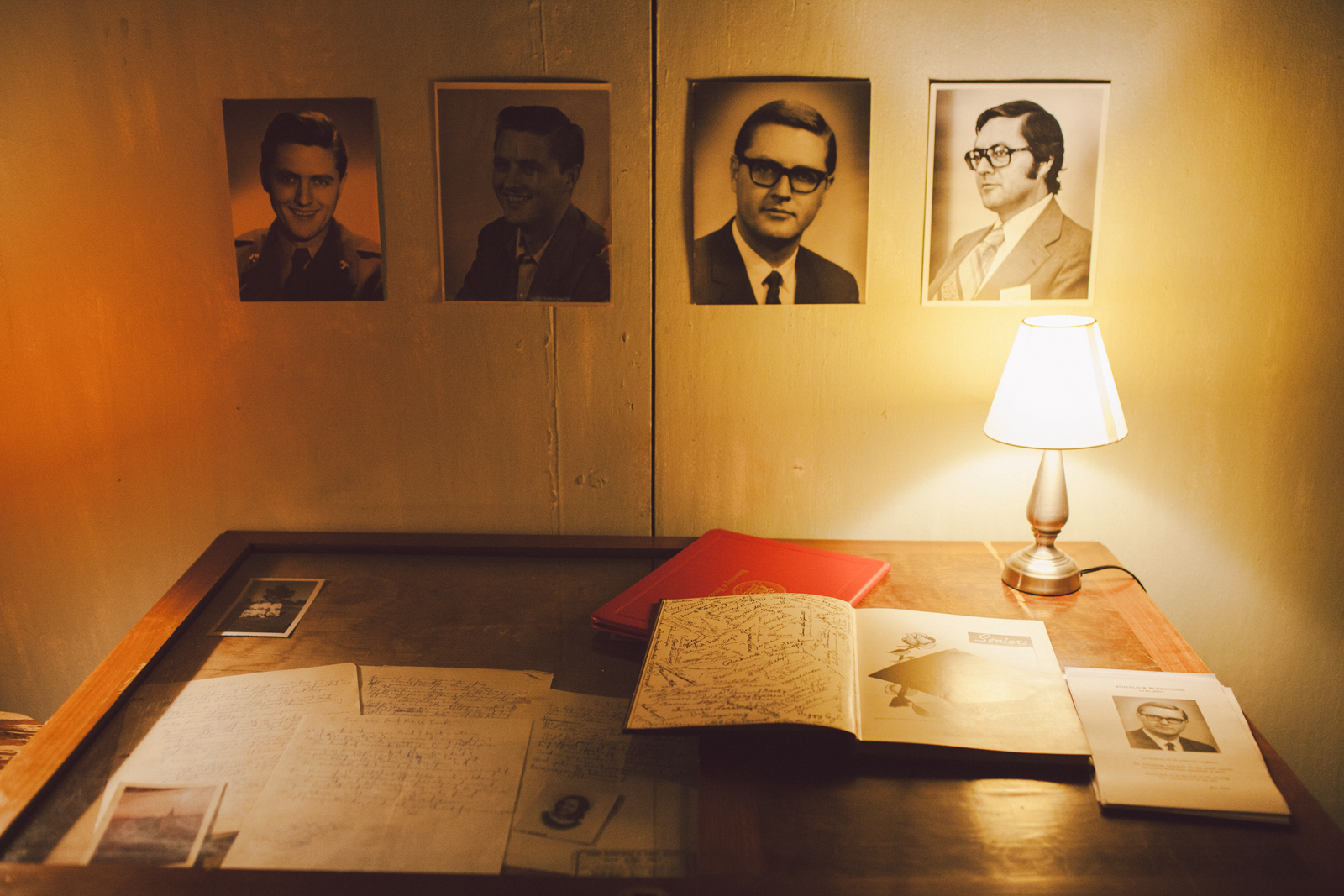
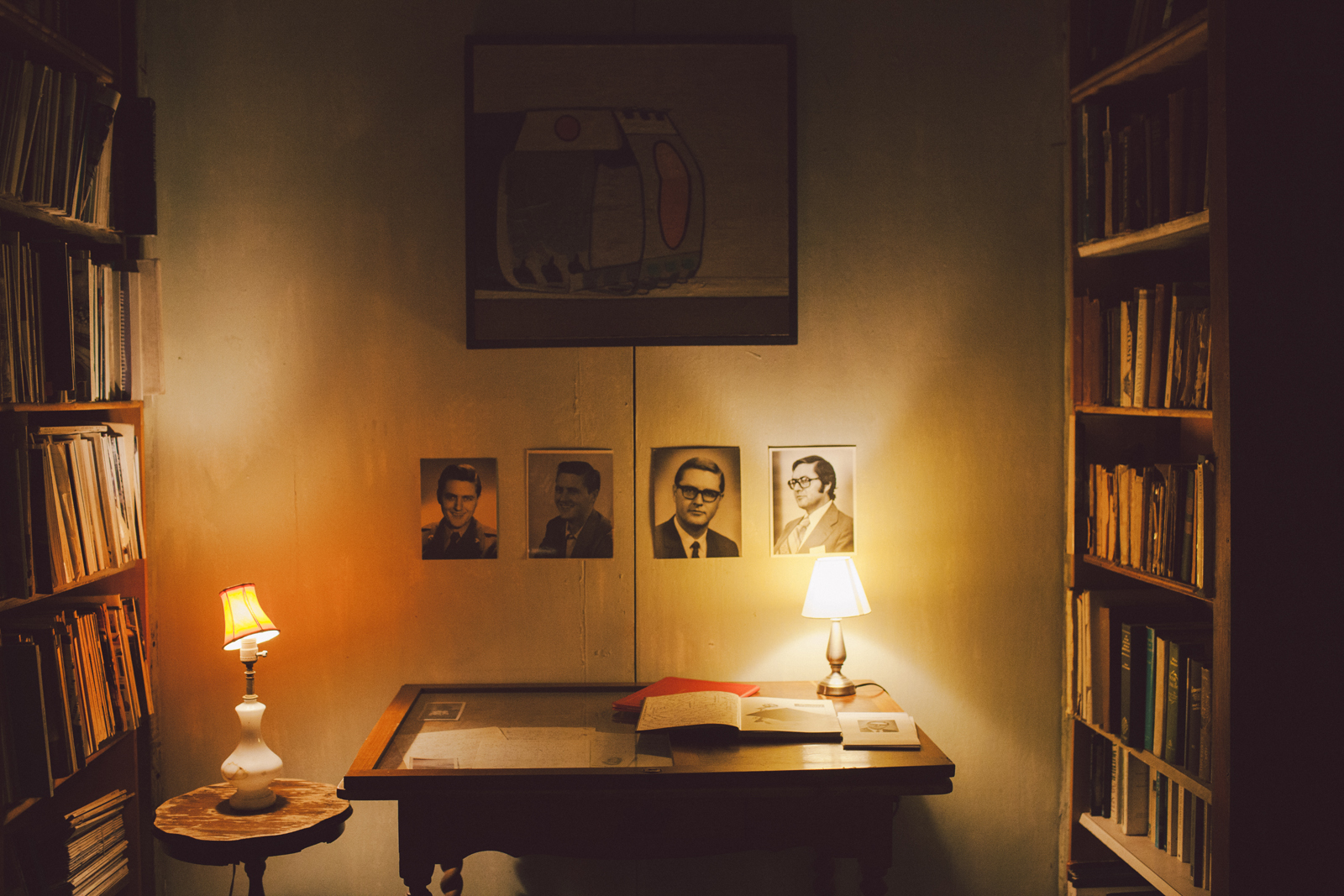
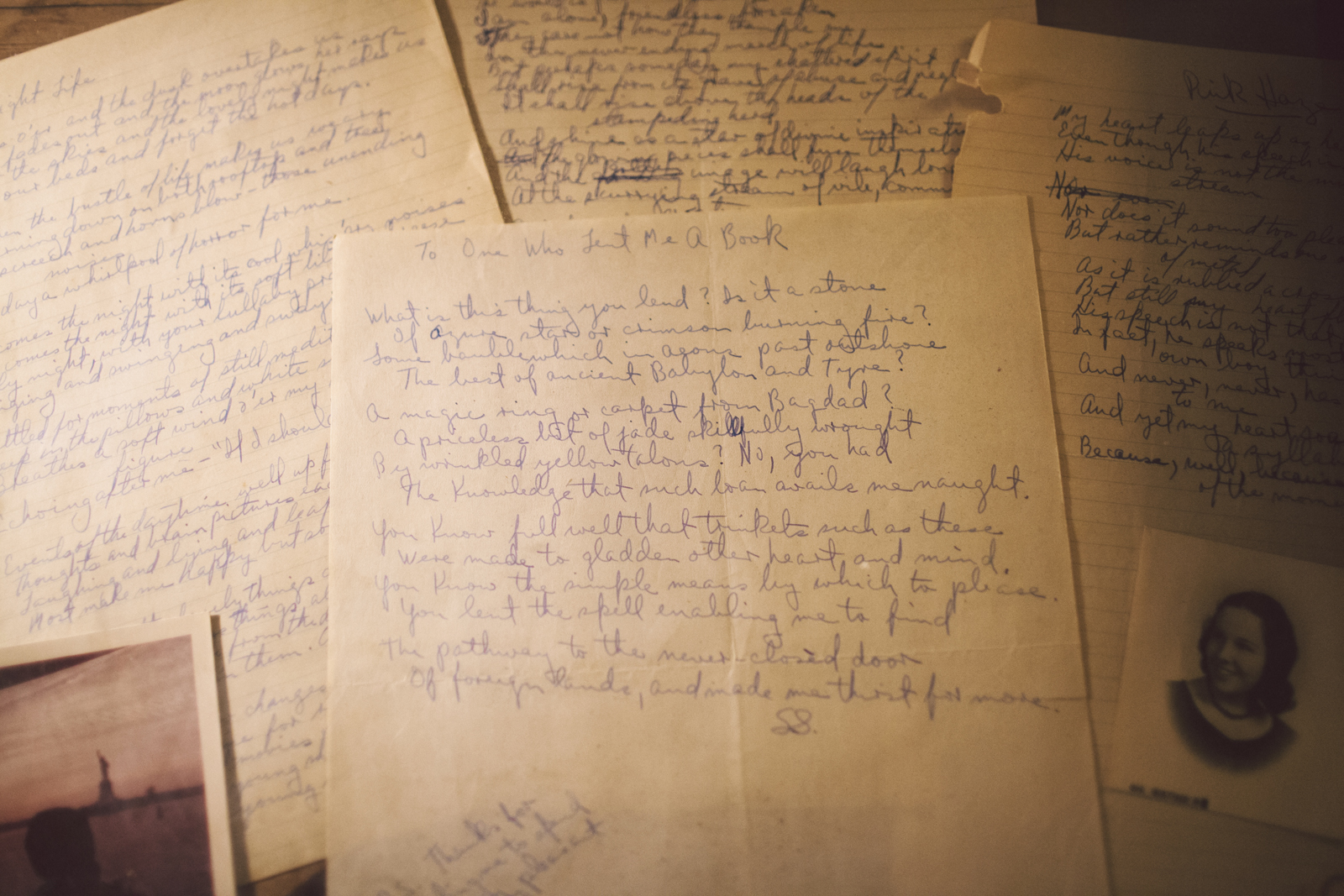
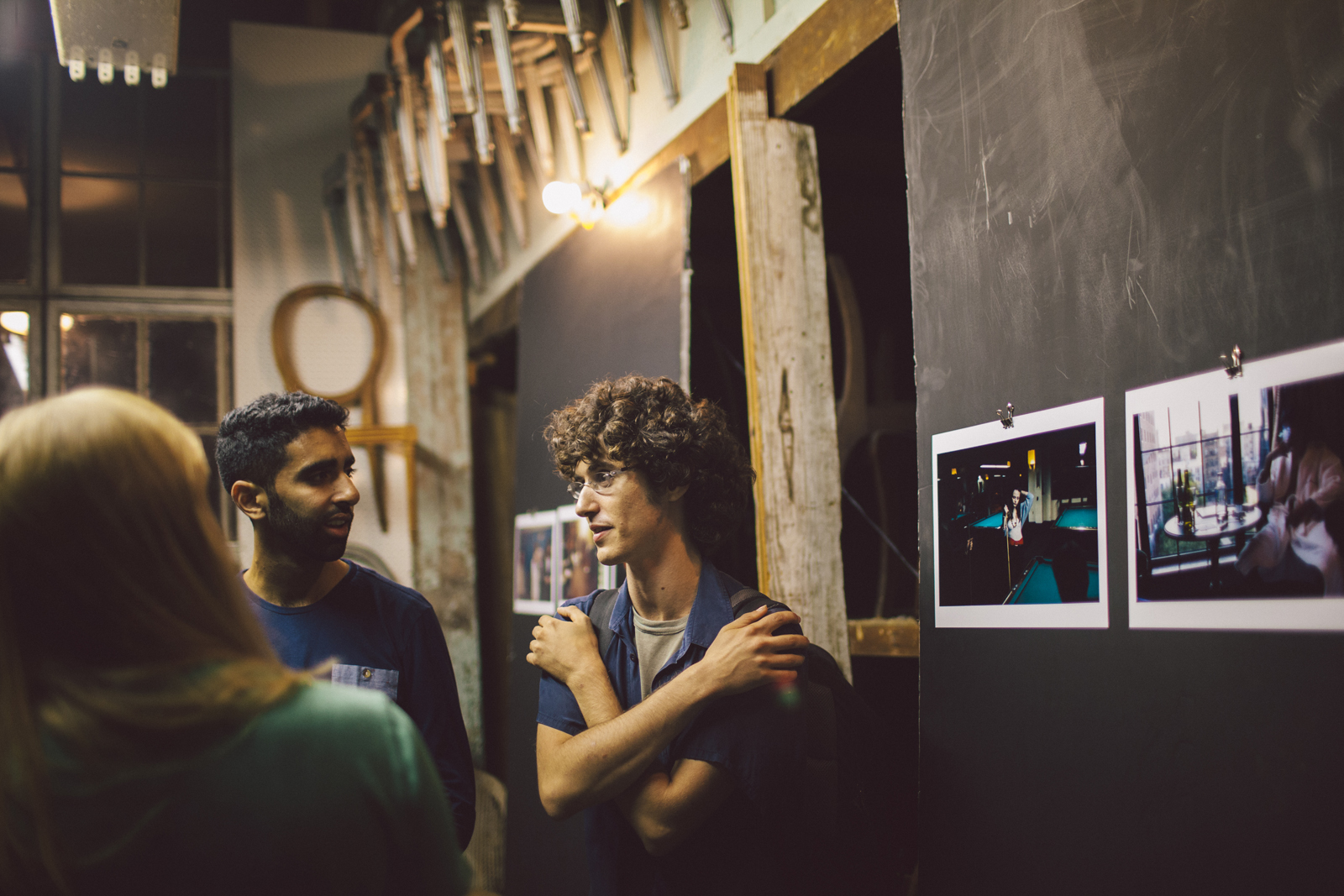
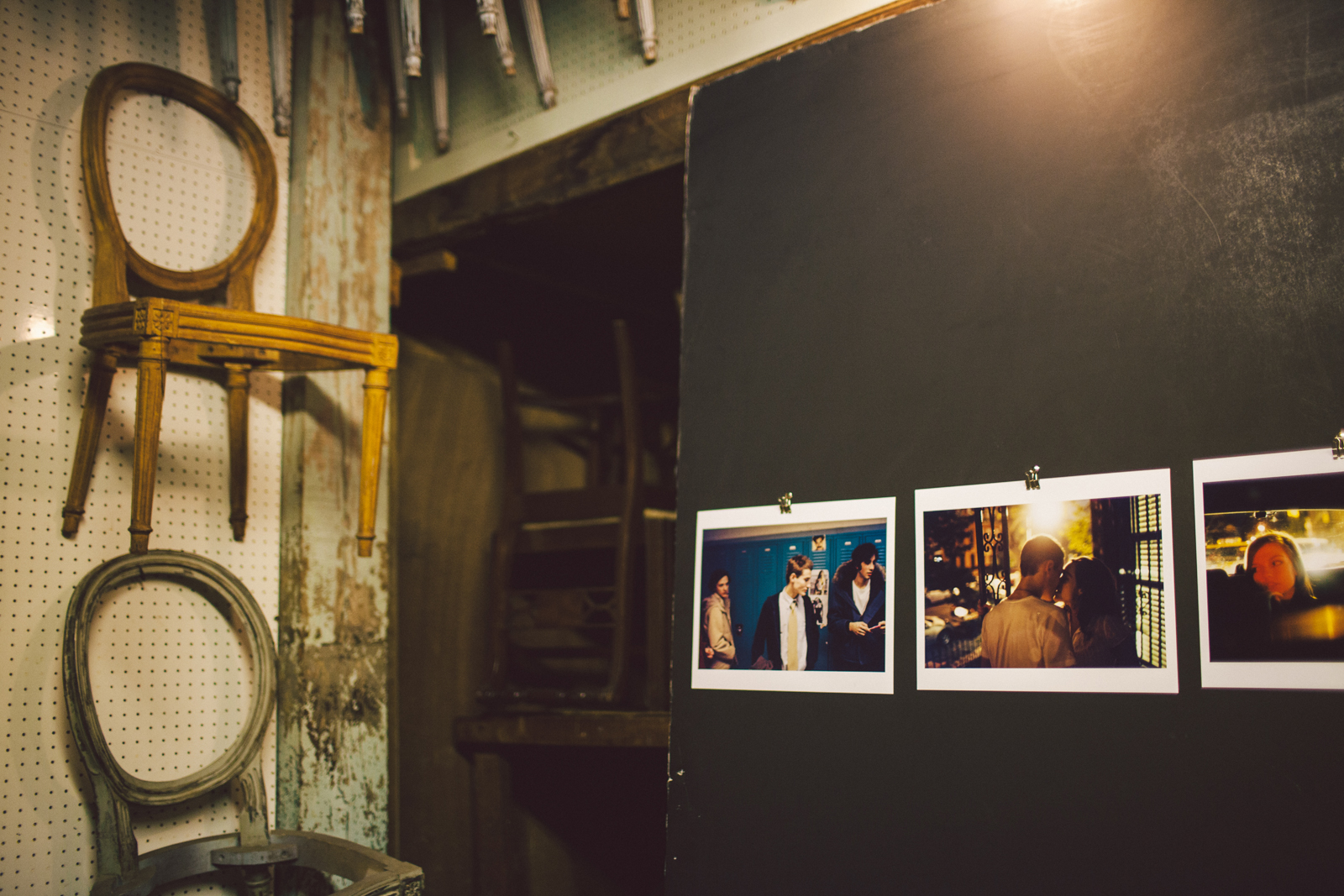
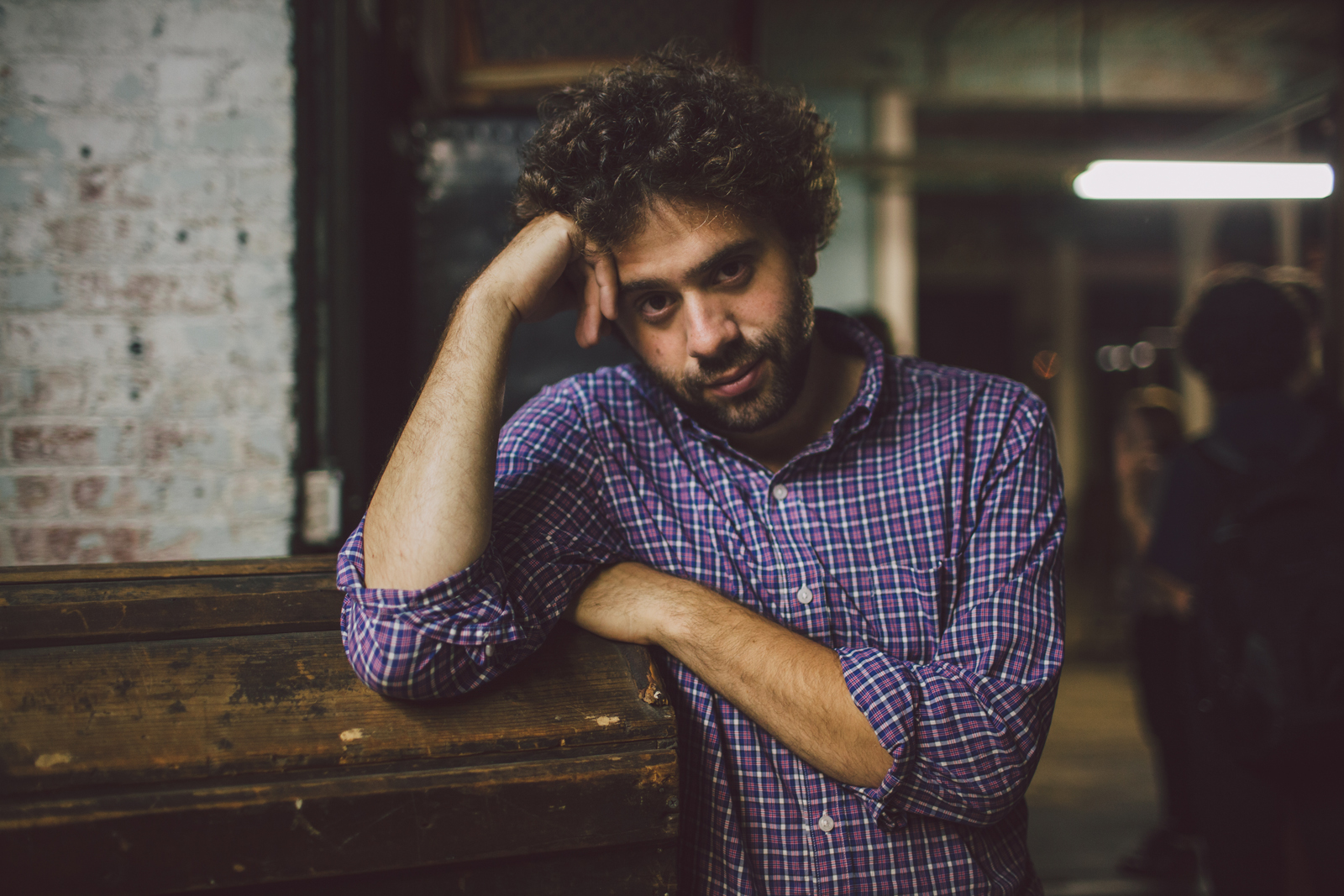






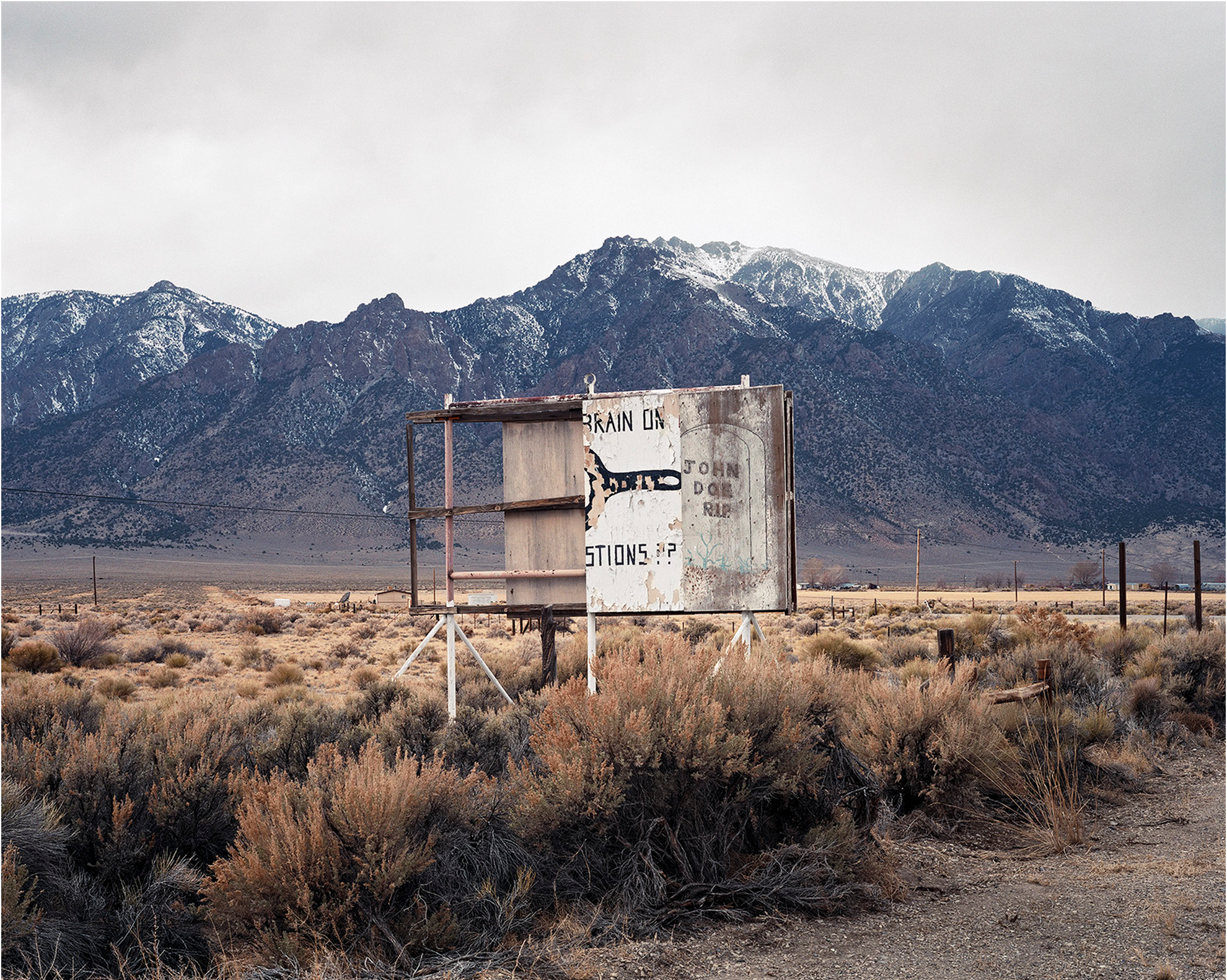









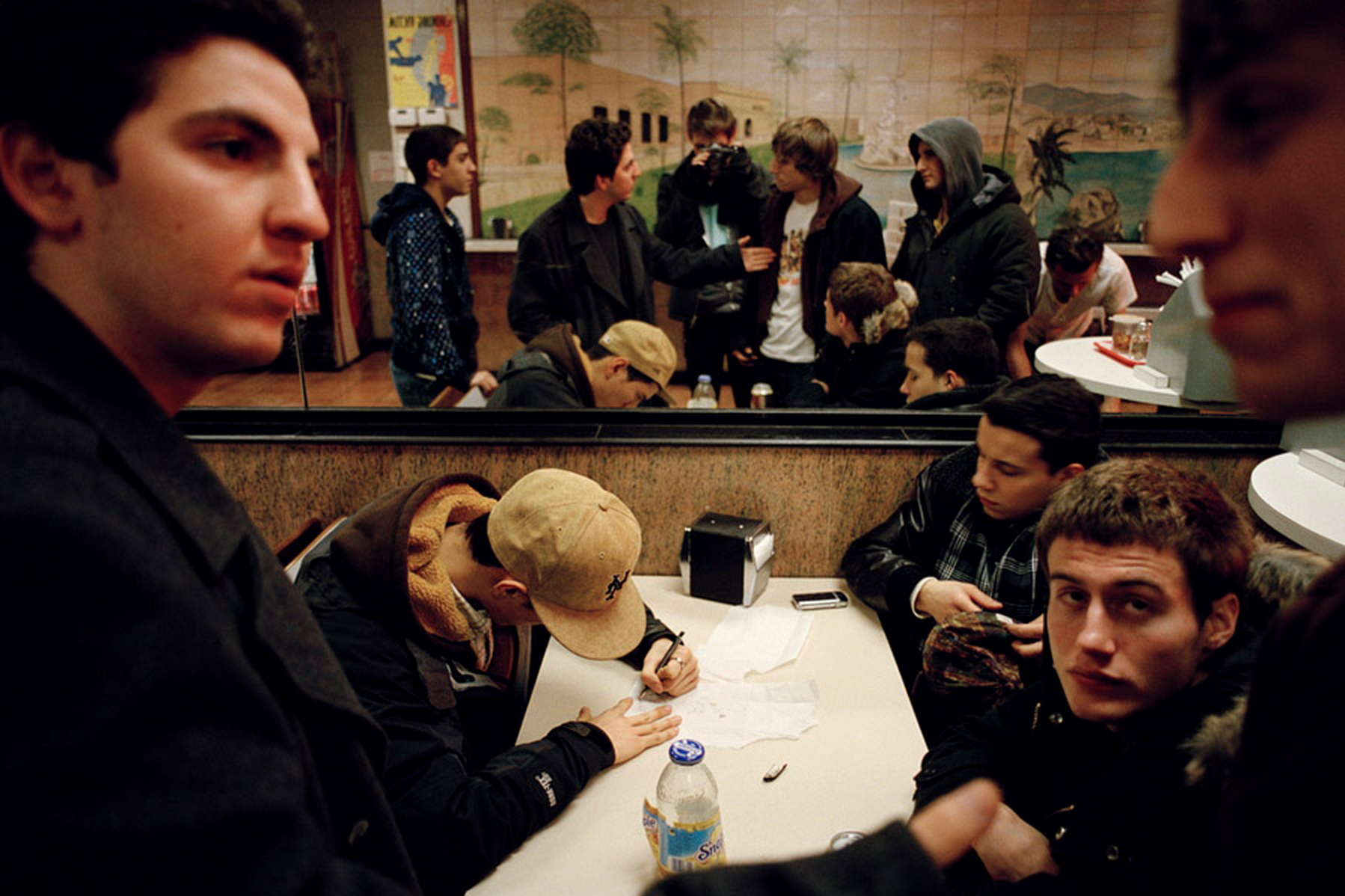



















I asked a six year old what my movie should be about, and this is what he told me.
Film by Bianca Giaever
Music by Alpenglow